Introduction
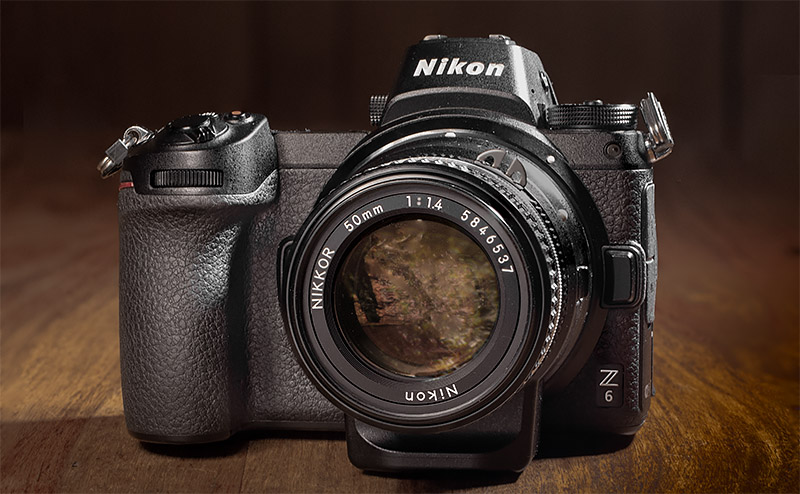 The NIKKOR 50mm f/1.4 was the lens that almost all the pro photographers had on their cameras most of the time during the 60s, 70s and 80s and most young and aspiring photographers dreamed of having on their cameras. From an era when Nikon was the undisputed number one 35mm camera/lens system among professional photographers worldwide. The NIKKOR lenses had a reputation for being tough with outstanding quality, both optically and mechanically. This lens was, because of its popularity, in production long after the advent of the autofocus and even digital cameras and was sold new alongside AF and digital lenses until mid 2005. Let’s see how it fares today!
The NIKKOR 50mm f/1.4 was the lens that almost all the pro photographers had on their cameras most of the time during the 60s, 70s and 80s and most young and aspiring photographers dreamed of having on their cameras. From an era when Nikon was the undisputed number one 35mm camera/lens system among professional photographers worldwide. The NIKKOR lenses had a reputation for being tough with outstanding quality, both optically and mechanically. This lens was, because of its popularity, in production long after the advent of the autofocus and even digital cameras and was sold new alongside AF and digital lenses until mid 2005. Let’s see how it fares today!
Sample Images
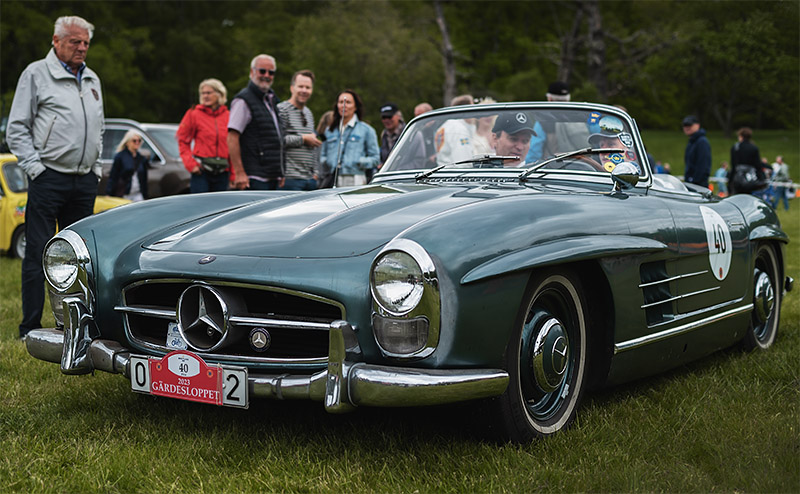
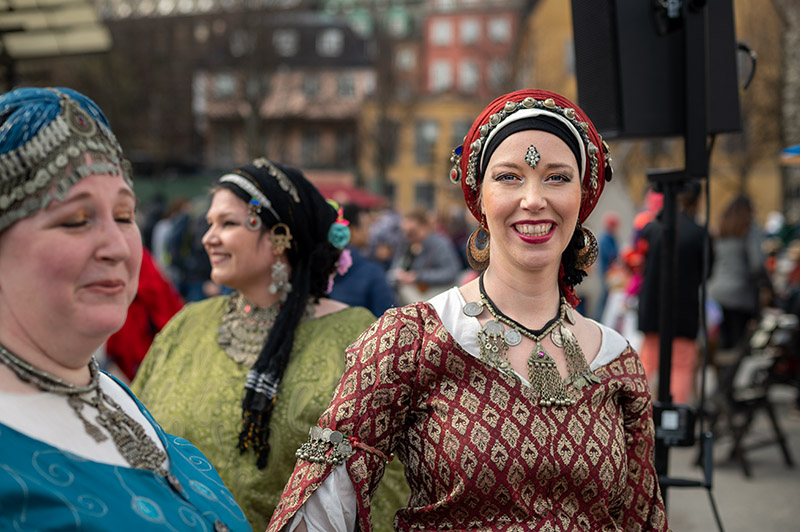
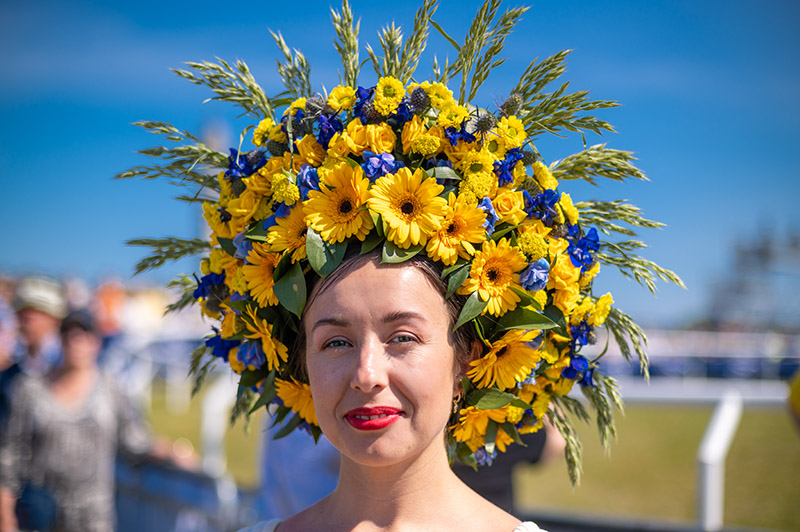

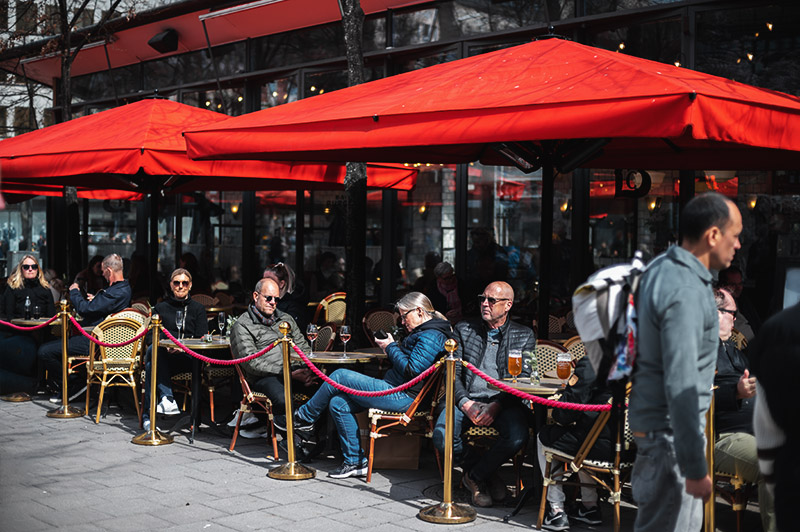
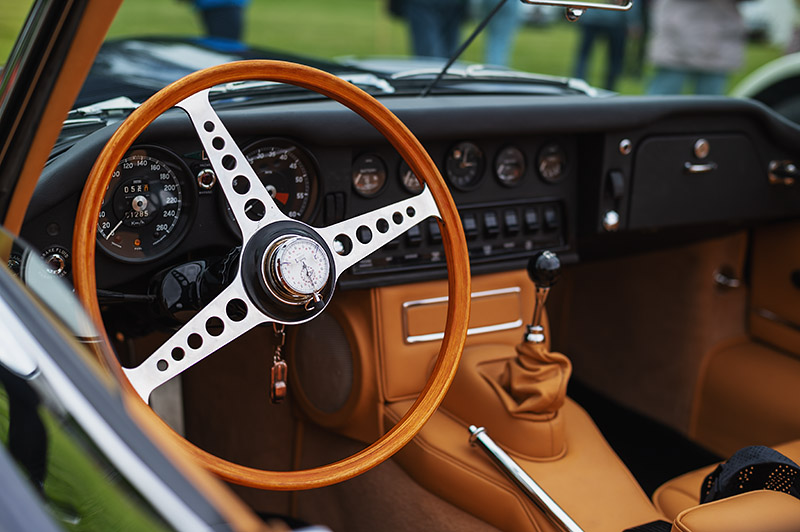
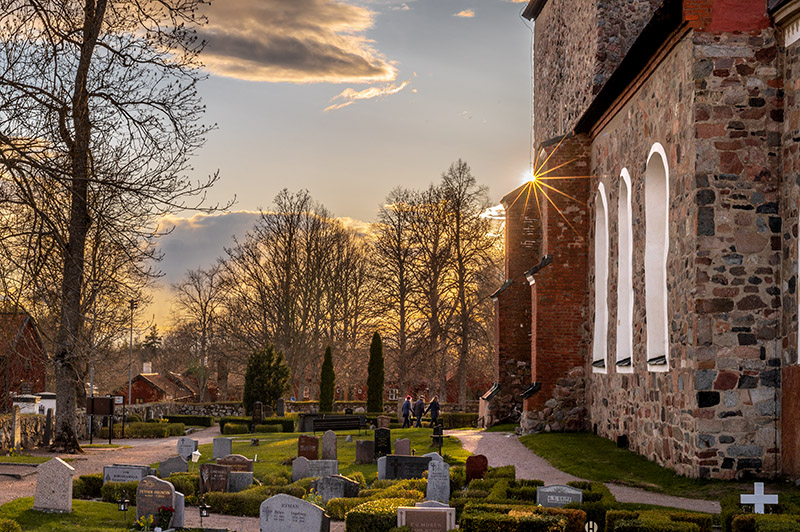
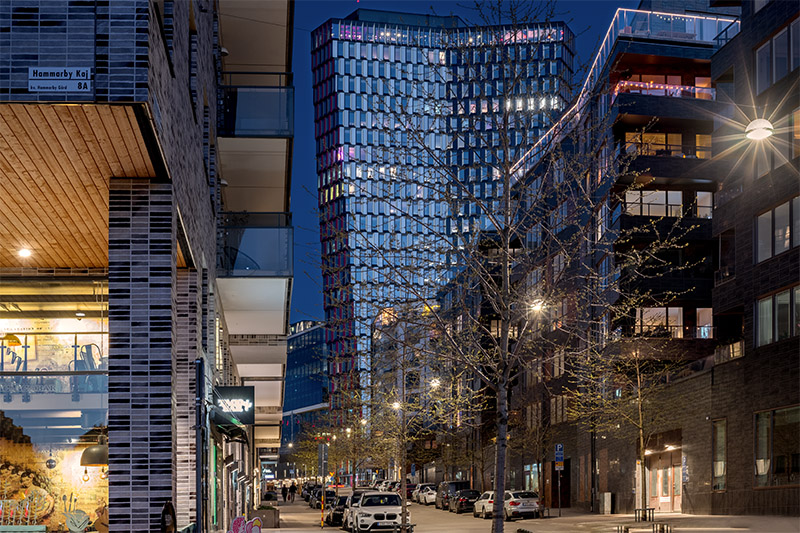
Contents
Specifications
Focal Length: 50mm Aperture Range: f/1.4 – f/16 Aperture Blades: 7 Min Focus: 0.45 m Filter Size: 52 mm Lens Mount: Nikon F Weight: 250 g Diameter x Length: 63.5 x 40.6 mm Elements/Group: 7/6Variations
The Nikon NIKKOR 50mm f/1.4 has existed in variations of pre-Ai, Ai, and Ai-s. Nikon manufactured 758632 pcs of the latest Ai-s version (reviewed here) between 1981 and 2005. Note that there were seemingly similar Ai-s lenses in the Nikon lineup called Series-E, which were aimed at amateur/enthusiast consumers. They did not have the “NIKKOR ” designation and had simpler to manufacture optics and cheaper mechanics than the NIKKOR lenses. In many cases the optical formula was the same though but not always (there was never a 50mm f/1.4 in E series). The E-series were great too but Nikon did not make all focal lengths in that series, only the ones with simpler optical formulae and mechanics.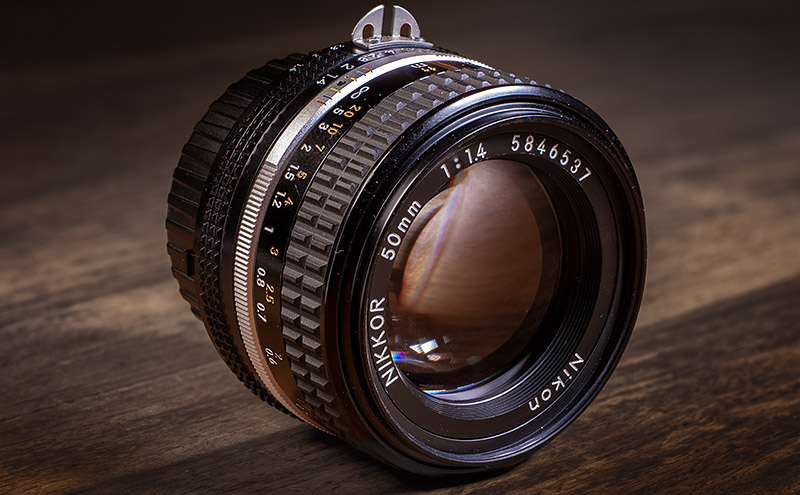
Handling
This is an all-metal and glass lens, no signs of plastic anywhere. It is very small, especially for being a 50/1.4 lens, today’s Nikon 50/1.8 looks like a monster next to it.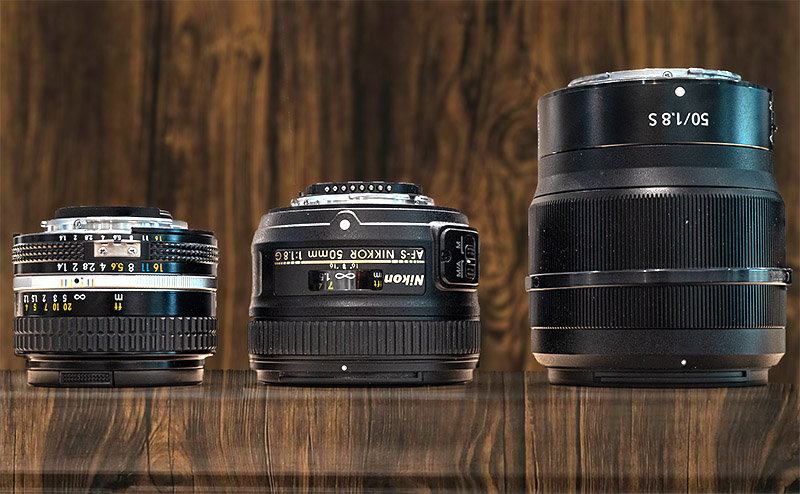
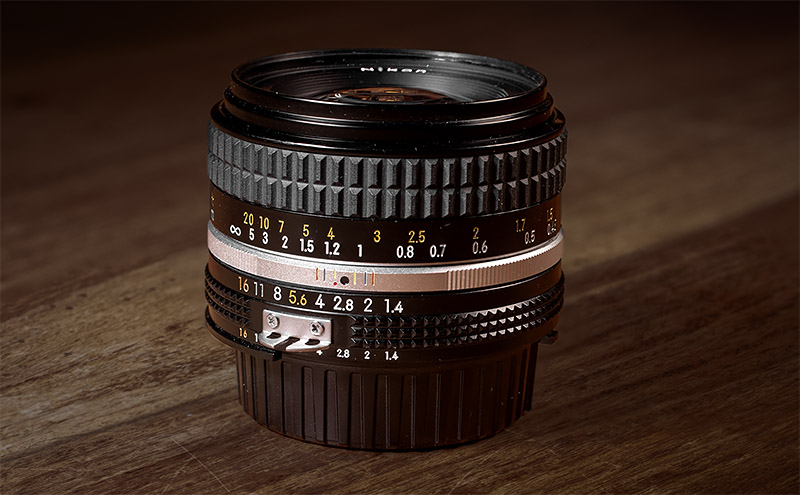
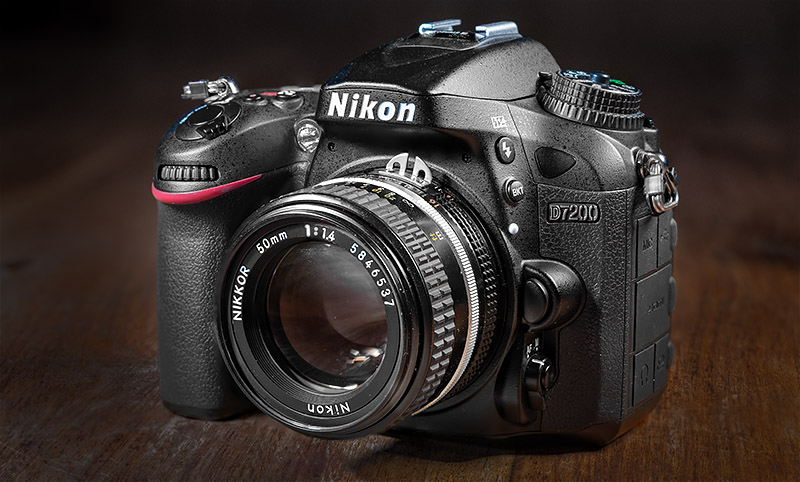
Optical Features
Sharpness (infinity)
For infinity sharpness we look at three points in the image; Center, mid-frame, and corner.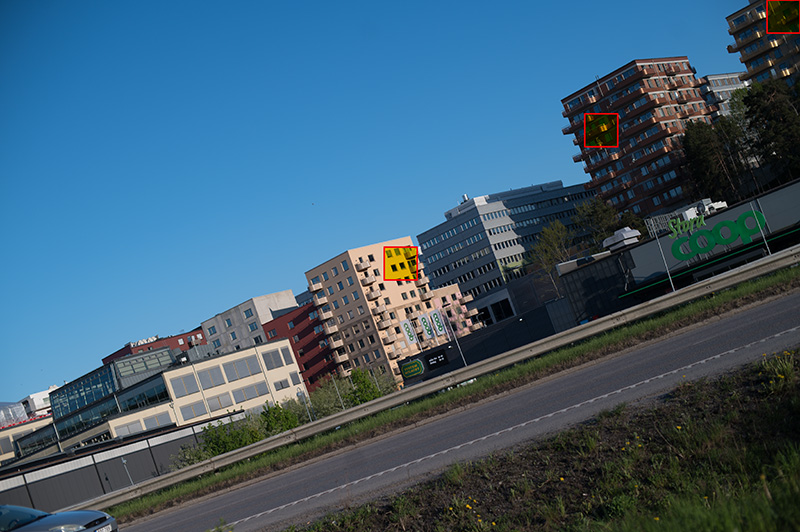
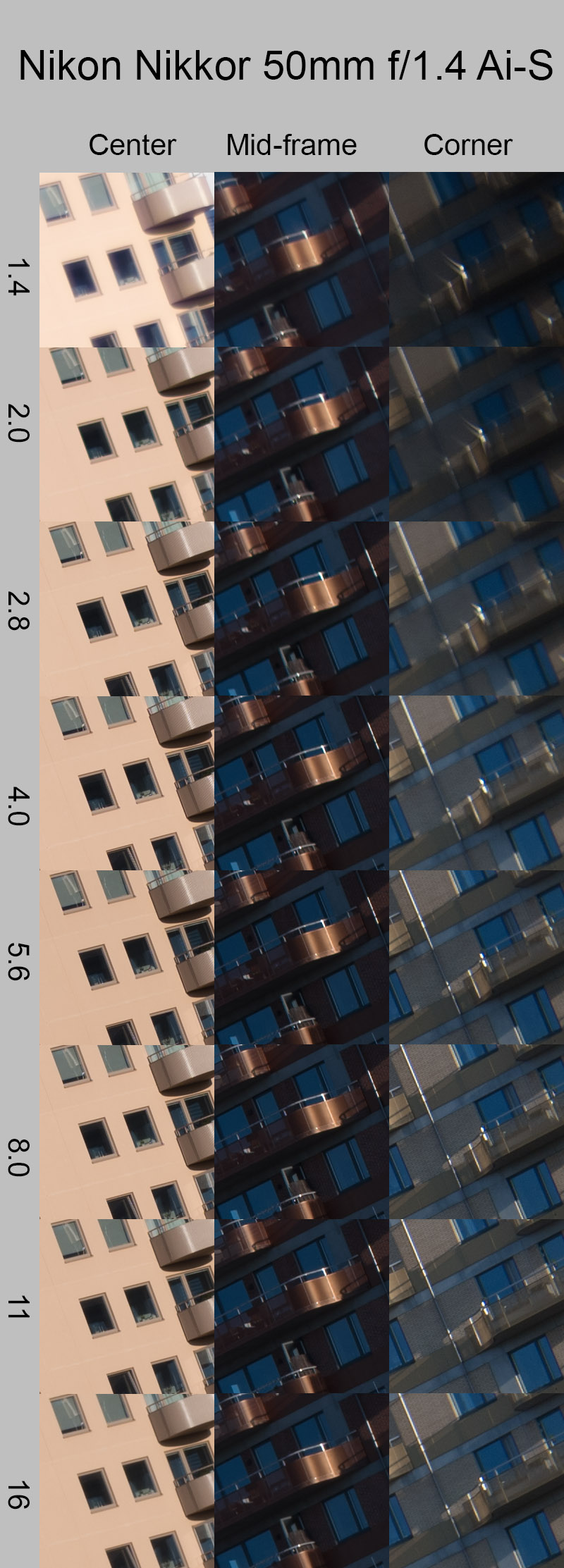 F/1.4: Good sharpness in the center but the lens suffers from spherical aberration and therefore a little low contrast and and not razor sharp there. Mmid-frame is OK but corner is not good.
At f/2 the center gets a real boost to very good levels, mid-frame gets also better sharpness but the corner is still too soft.
f/2.8: The center reaches excellent sharpness levels, mid-frame very gook and corner is just OK.
f/4: Center and mid-frame excellent sharpness, and the corner is good now.
f/5.6 – f/11: excellent sharpness all over the frame
f/16: A dip in the sharpness all over the frame but the mid-frame and corner sharpness are better than what it was at f/4 but not as good as at f/5.6.
In general it is sharp in the center from wide open and impressively sharp from f/2.8. Corners start weak but get very sharp by stopping down. By f/4 it is sharp across the frame and delivers very good sharpness across the frame from f/5.6
F/1.4: Good sharpness in the center but the lens suffers from spherical aberration and therefore a little low contrast and and not razor sharp there. Mmid-frame is OK but corner is not good.
At f/2 the center gets a real boost to very good levels, mid-frame gets also better sharpness but the corner is still too soft.
f/2.8: The center reaches excellent sharpness levels, mid-frame very gook and corner is just OK.
f/4: Center and mid-frame excellent sharpness, and the corner is good now.
f/5.6 – f/11: excellent sharpness all over the frame
f/16: A dip in the sharpness all over the frame but the mid-frame and corner sharpness are better than what it was at f/4 but not as good as at f/5.6.
In general it is sharp in the center from wide open and impressively sharp from f/2.8. Corners start weak but get very sharp by stopping down. By f/4 it is sharp across the frame and delivers very good sharpness across the frame from f/5.6
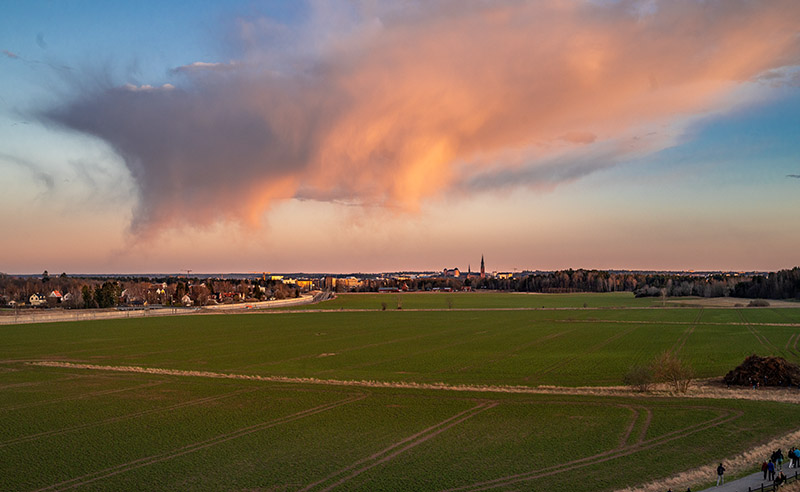
Sharpness (Portrait)
There is not much difference between different midframe areas and therefore I just show the center and the outer center periphery.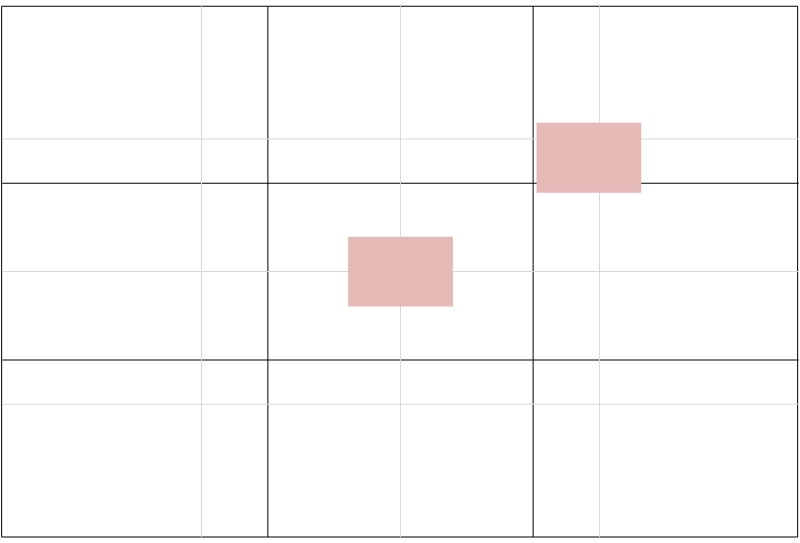


Sharpness (Close-up)
Lens Distortion
There is a very mild level of barrel distortion, typical for 50mm primes.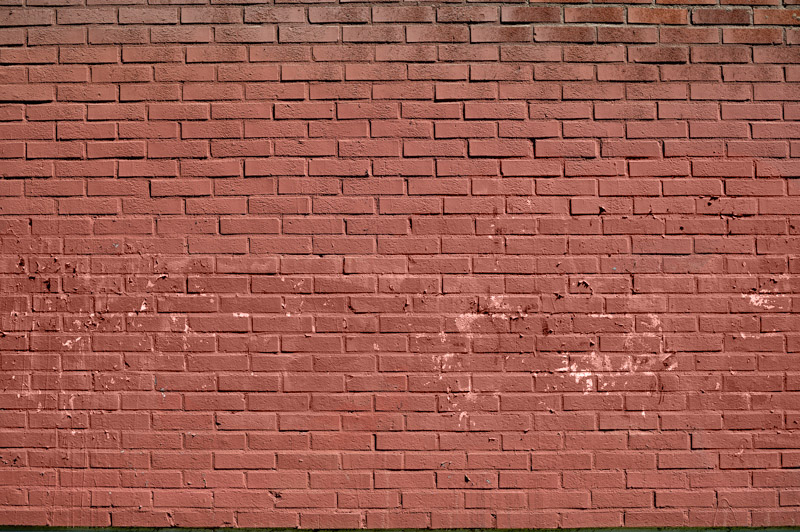
Vignetting
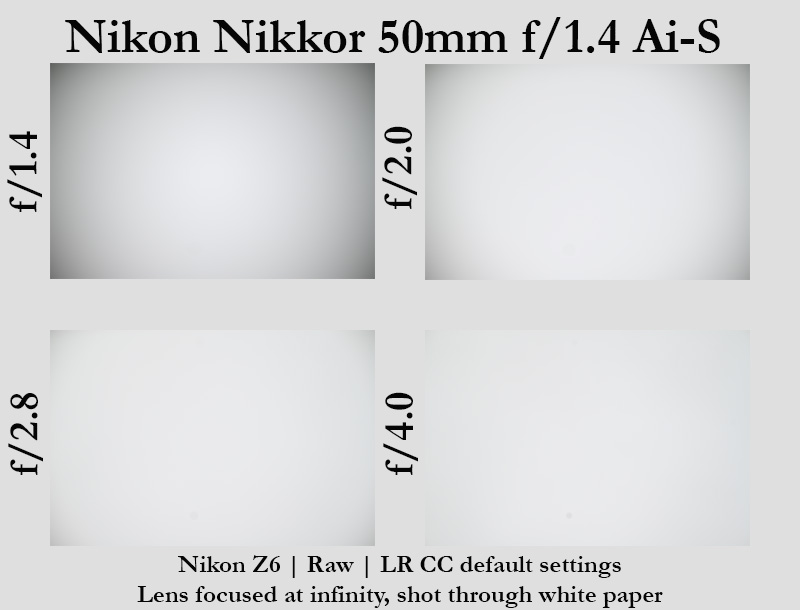 This lens shows high vignetting at wider apertures and gets better by stopping down. Light falloff is about 2.7 stops at f/1.4, 1.8 stops at f/2, 1 stop at f/2.8 and 0.4 stop at f/4.
This lens shows high vignetting at wider apertures and gets better by stopping down. Light falloff is about 2.7 stops at f/1.4, 1.8 stops at f/2, 1 stop at f/2.8 and 0.4 stop at f/4.
Flare Resistance
It is an old lens and as with all old lenses flare is an issue, more with some and less with others. The NIKKOR 50/1.4 had a multi-coated lens surface that helped to keep the veiling flare at comparatively low levels as it is not as bad as with many other vintage (or even newer) lenses, thanks to the lens’s multi coating (of the time). The lens flare though is always something you should watch out for. The NIKKOR or 50/1.4 Ai-s suffers from lens flare when the sun is in the frame. In the case of this lens’s flare characteristics, unlike many other vintage lenses, it does not ruin the pictures completely. I personally think that it can add a touch of creativity in some contexts and scenes.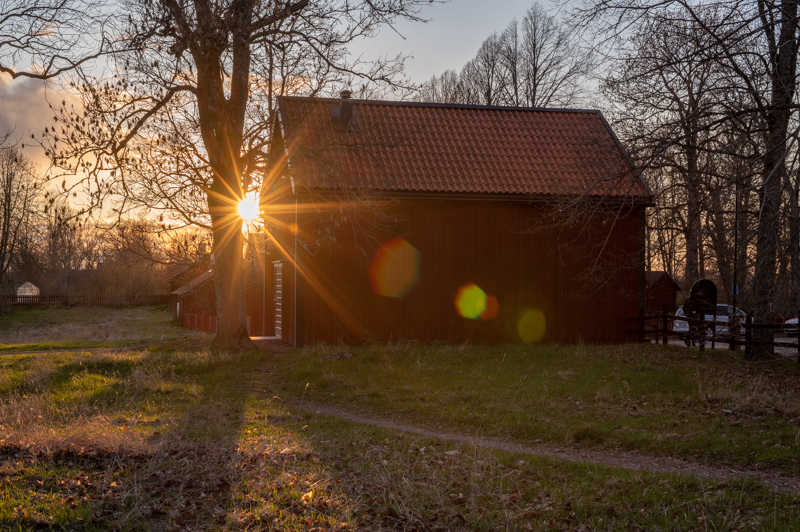
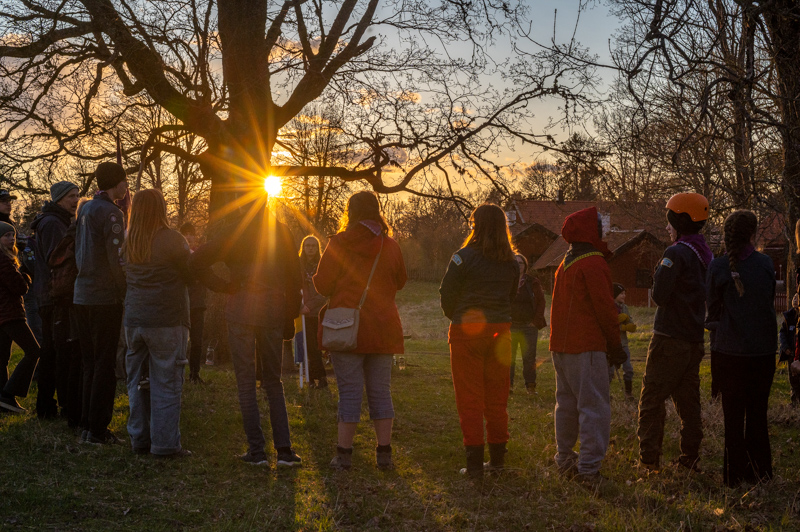
Chromatic Aberrations & Focus Shift
There is moderate lateral and some longitudinal chromatic aberration. The LoCA is mostly visible at f/1.4, that improves a lot by stopping down to f/2 and disappears almost completely at f/2.8. This is not that bad though as I am showing extreme cases in the test images. In this test you can also see that the lens exhibits noticeable focus shift, which is a sign of the spherical aberration mentioned earlier. That explains the soft and dreamy effect at f/1.4. The blue/green LoCA is also clearly visible on the chain. 100% crop, Nikon Z6, Nikon Nikkor 50/1.4 Ai-s.Coma
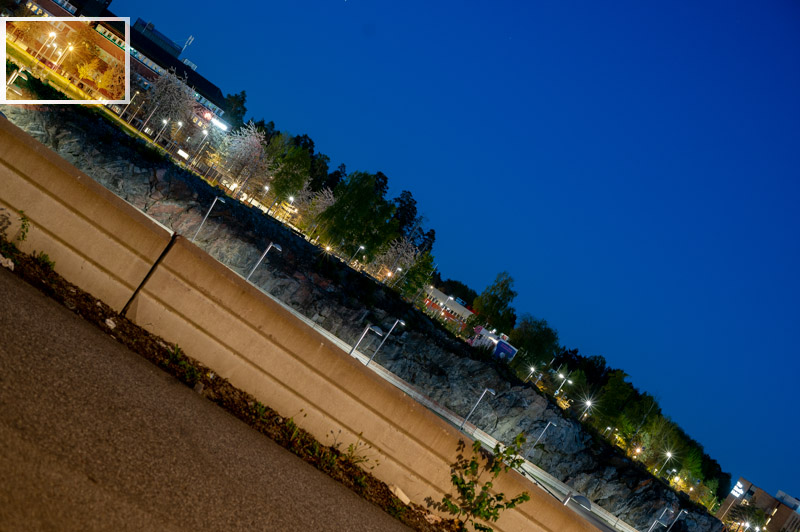
Sunstars
Focus Breathing
Focus breathing of this lens is at moderate levels, although it’s there, it is not that heavy.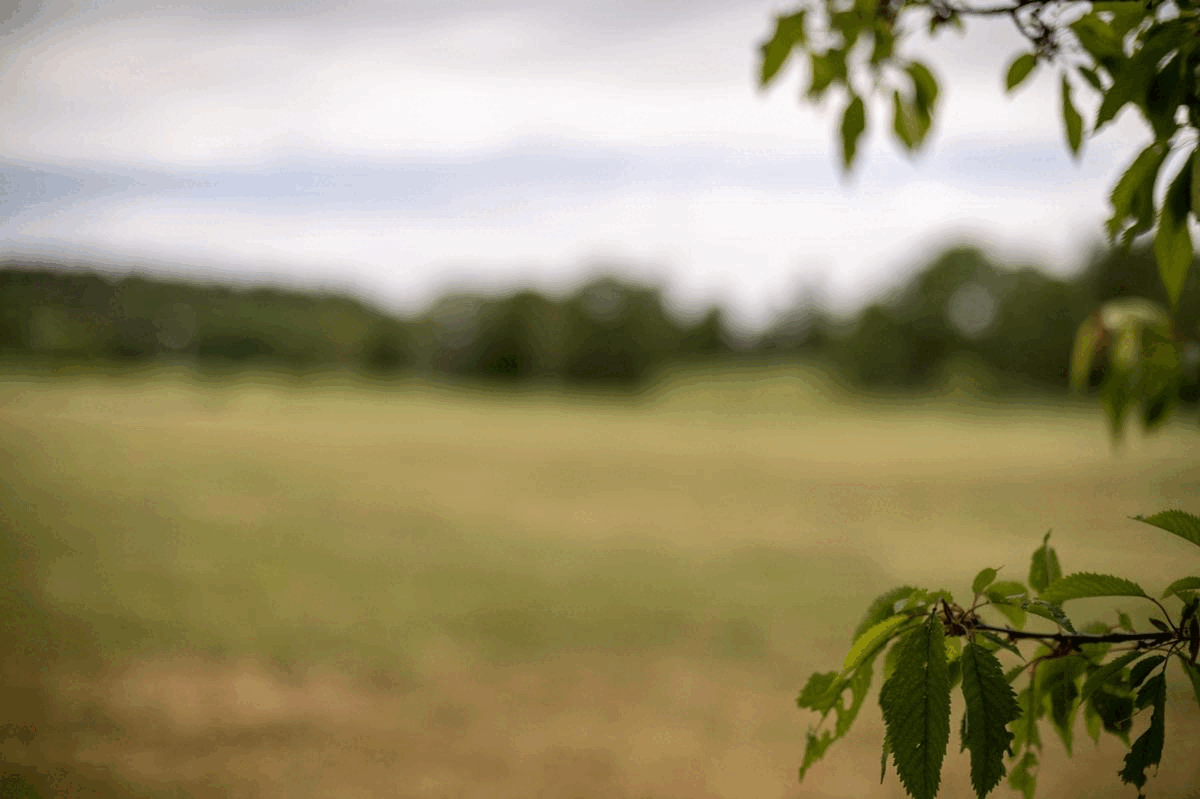
Bokeh
Bokeh’s beauty is in the eyes of the beholder. I think there is not much to complain about here actually. The bokeh is dreamy at f/1.4 due to the spherical aberration with very pleasant transitions but even at f/2 or f/2.8 it’s not obtrusive and quite nice. There are many images taken at f/1.4, f/2, and f/2.8 in this article, have a look and judge it for yourself. Here a few images for reference and demonstration at close, mid, and long distance, all at f/1.4 though
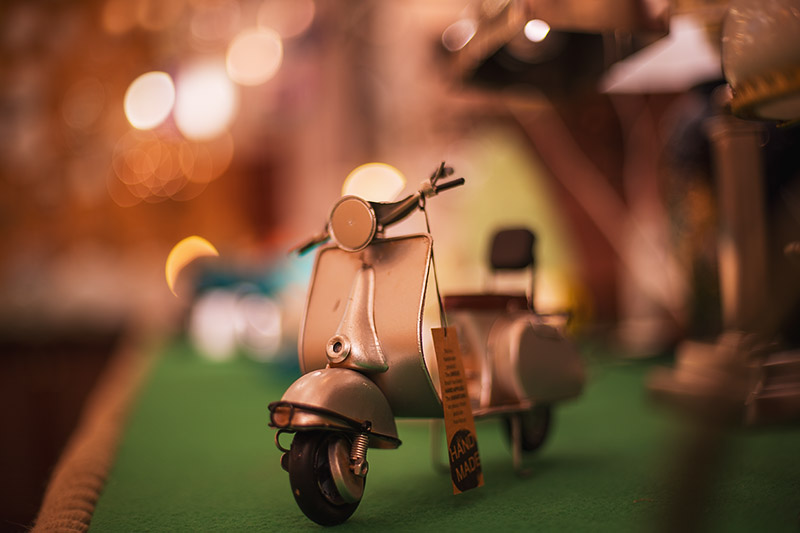

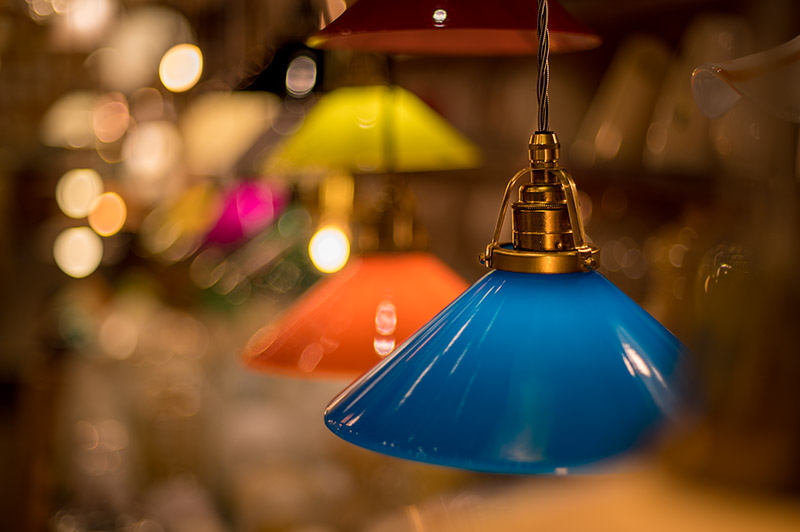

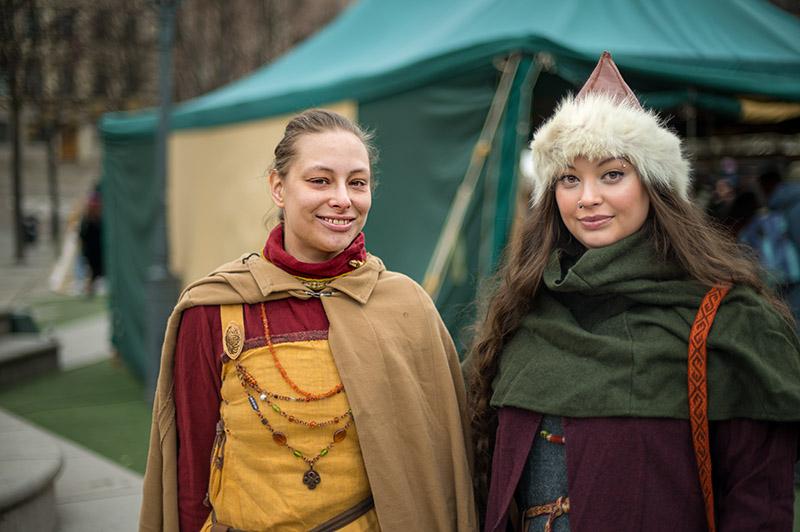
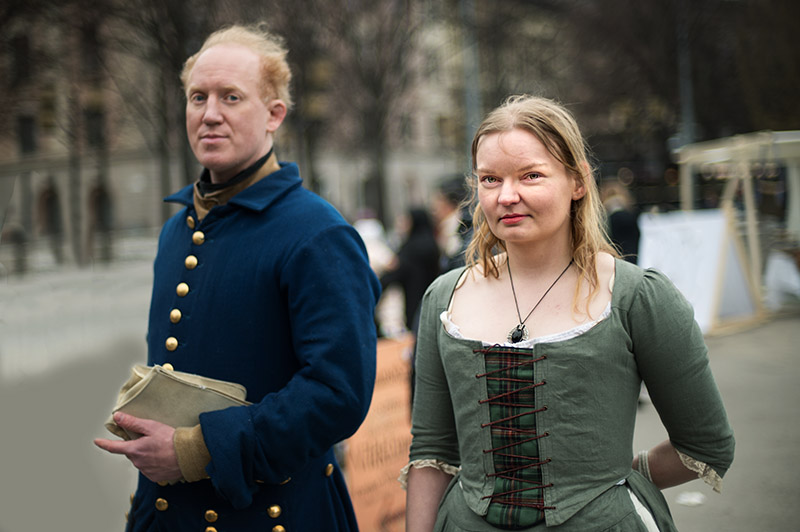
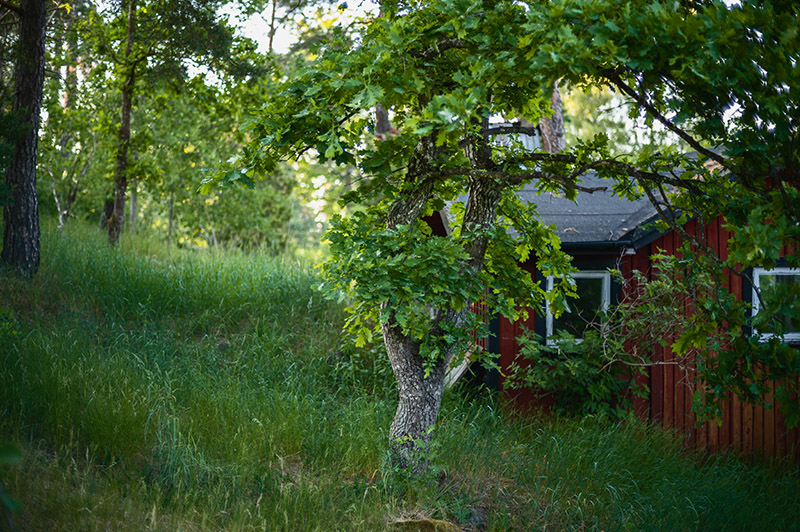
Conclusion
| I LIKE | AVERAGE | I DON’T LIKE |
| Design Manual focus Center sharpness Overal sharpness stopped down Bokeh Handling Build quality Size | Flare Price Coma Chromatic aberration Spherical aberration Distortion | Midframe sharpness wide open Corner sharpness up to f/5.6 Focus shift |
Alternatives
Alternative standard lenses in the range of 50mm-58mm are the last thing you need to worry about, there is no short supply. There are a countless number of them. There are so many that I skip mentioning lenses with any other mounts than Nikon and even in Nikon mount I am not going to list all. But all of the third party lenses in the list are available in several mounts and all the Nikon lenses, except the Z mount lenses can easily be adapted to virtually any other mount and camera brand.Manual Focus Lenses
Nikon NIKKOR 50mm f/1.8 Ai-s 2/3’rd of a stop slower but 30% lighter and more than 30% smaller, same build quality and optical quality. If you don’t mind the f/1.8 this is a cheaper version of the same great lens in a smaller package. Buy from: ebay.com, ebay.de, ebay.co.uk, ebay.com.au (Affiliate links) Nikon NIKKOR 50mm f/1.2 Ai and Ai-s Successor of the aforementioned 55mm/1.2 Buy from: ebay.com, ebay.de, ebay.co.uk, ebay.com.au (Affiliate links) Nikon noct-NIKKOR 58/1.2 Ai and Ai-s Nikon’s best ever standard lens for a long time, it was Nikon’s sharpest lens at f/1.4 in the center and as sharp even at f/1.2 but the F/1.4 Ai-s was sharper in the corners. It was an aspherical lens that was superior for night photography as it had outstanding coma control. The Ai version has 7 bladed diaphragm while the Ai-s version has 9 bladed diaphragm. Both versions had 7 elements in 6 groups too. Not so good for general photography though due to moderate corner sharpness and high lens distortion. One of Nikon’s most exotic and expensive vintage lenses. Buy from: ebay.com, ebay.de, ebay.co.uk, ebay.com.au (Affiliate links) Voigtländer 58 mm 1:1.4 Nokton SL II – S Same lens as the aforementioned one but with a different appearance. The SL II-S, compared to SL II, has some cosmetic changes to resemble the classic Nikon NIKKOR 50/1.4 lenses from 60s. This lens is still in production and you can buy it brand new for $550 in the US. Buy new: amazon.com, amazon.de (Affiliate links) Carl Zeiss Milvus 50 mm f/1.4 Huge lens, almost 4 times heavier at 922g and 2 to 3 times larger. Optically better than any of the previous listed lenses with 10 elements in 8 groups and 9 aperture blades. Buy new: amazon.com, amazon.de for $1300 (Affiliate links) Buy used: ebay.com, ebay.de, ebay.co.uk, ebay.com.au ~$800 (Affiliate links) Zeiss Distagon Otus 55 mm f/1.4 APO Largest, heaviest, and optically the most advanced and modern of the lot, until the advent of the Nikon Z 58/0.95 and Nikon Z 50/1.2 (and Nikon NIKKOR Z 50mm F1.2 S) with the juicy price of $5000 new. It was considered the sharpest standard lens ever made, an optical wonder, when it was introduced in 2013. Buy new: amazon.com, amazon.de for $5000 (Affiliate links) Buy used: ebay.com, ebay.de, ebay.co.uk, ebay.com.au ~$1200-1500 (Affiliate links)Samyang 50mm F1.4 AS UMC Buy New: amazon.com, amazon.de (Affiliate links)
Autofocus Lenses
Nikon AF NIKKOR Z 50mm f/1.8 S Nikon’s dedicated Z mount standard lens. Extremely sharp. Buy new: amazon.com, amazon.de for $530 (Affiliate links) Buy used: ebay.com, ebay.de, ebay.co.uk, ebay.com.au ~$450 (Affiliate links) Nikon Nikkor Z 50mm F1.2 S Nikon’s autofocus super fast f/1.2 standard lens in Z mount. The is the most recent and modern standard lens and the fastest autofocus lens from Nikon. With its almost 1.1 kg weight it is heavier and larger than the Zeiss Otus 55/1.4 but about half a stop faster and cheaper. Buy new: amazon.com, amazon.de for $1900 (Affiliate links) Nikon NIKKOR AF-S 50mm f/1.4G Nikon’s latest generation of F mount lenses and the most modern and advanced series before the advent of the Z mount.Buy new: Amazon.com, Amazon.de for $ (Affiliate links) Buy from: ebay.com, ebay.de, ebay.co.uk, ebay.com.au ~$240 (Affiliate links) Nikon NIKKOR AF-S 50mm f/1.8G Nikon’s latest generation of F mount lenses and the most modern and advanced series before the advent of the Z mount. Slightly sharper, lighter and smaller than the f/1.4 version at shared apertures but 2/3’rd a stop slower. Buy new: Amazon.com, Amazon.de for $ (Affiliate links) Buy from: ebay.com, ebay.de, ebay.co.uk, ebay.com.au (Affiliate links)Sigma 50mm f/1.4 DG HSM Art Lens for Nikon F Very well built and sharp lens with a performance second to none when it comes to lenses with widest aperture at f/1.4, comparable with the Zeiss Otus 55/1.4 but with autofocus, lighter, smaller and lot cheaper. Buy new: amazon.com, amazon.de for $750 (Affiliate links) Buy used: ebay.com, ebay.de, ebay.co.uk, ebay.com.au (Affiliate links)
Zeiss Planar T* 50mm f/1.4 ZF and ZF.2 A little larger and heavier than the NIKKOR . ZF.2 is the newer version of the ZF, the difference is that ZF.2 has electronic contacts and can communicate with the modern Nikon cameras, otherwise identical. Also this lens has 7 elements in 6 groups but with 9 aperture blades. Sharpness on par with Nikkor but much higher bokeh fringing. Buy new: amazon.com, amazon.de for $725 (Affiliate links) Buy used: ebay.com, ebay.de, ebay.co.uk, ebay.com.au ~ $425 (Affiliate links)
Nikon Nikkor AF and AF D lenses- Nikon Nikkor AF 50mm f/1.4
- Nikon Nikkor AF 50mm f/1.8
- Nikon Nikkor AF 50mm f/1.4D
- Nikon Nikkor AF 50mm f/1.8D These are the first and second series of AF lenses to succeed the Ai-s lenses (reviewed here). I would not recommend buying them for manual cameras, not either for use with Z cameras as you don’t get the same feeling and mechanical qualities of the AI-s lenses. Autofocus doesn’t work on Z cameras either, manual focusing is not pleasant and not optically as good as the later AF-S G lenses. Buy from: ebay.com, ebay.de, ebay.co.uk, ebay.com.au (Affiliate links)
More Sample Images
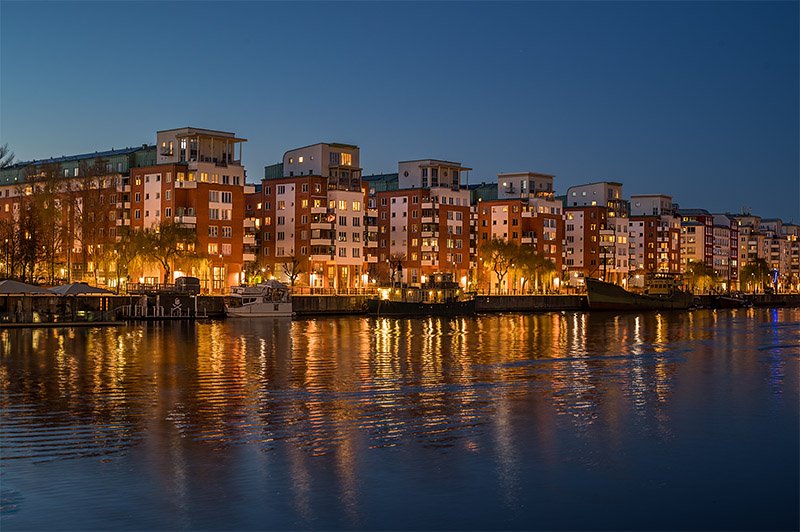
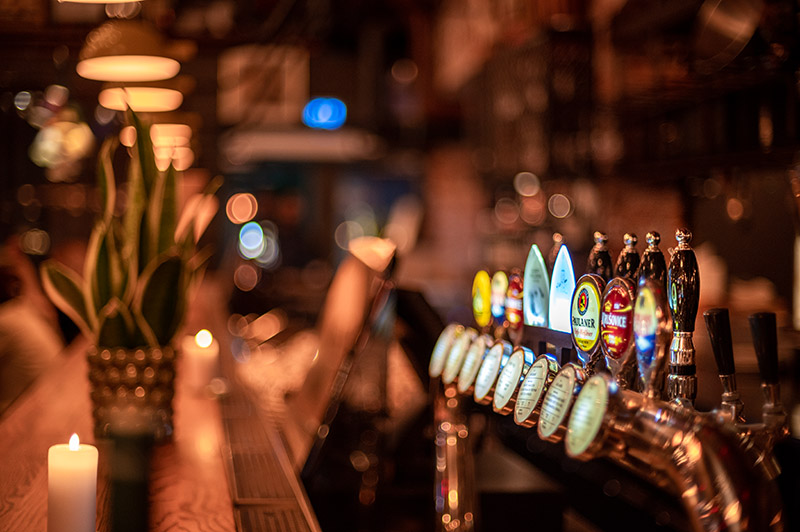
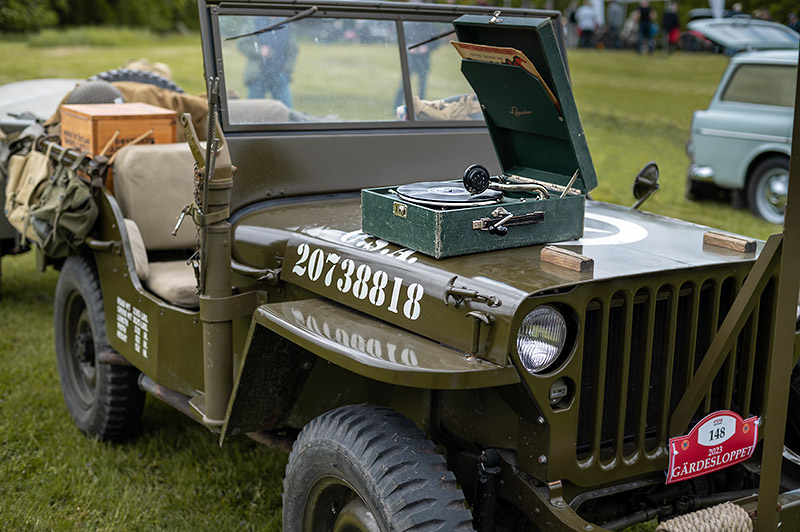

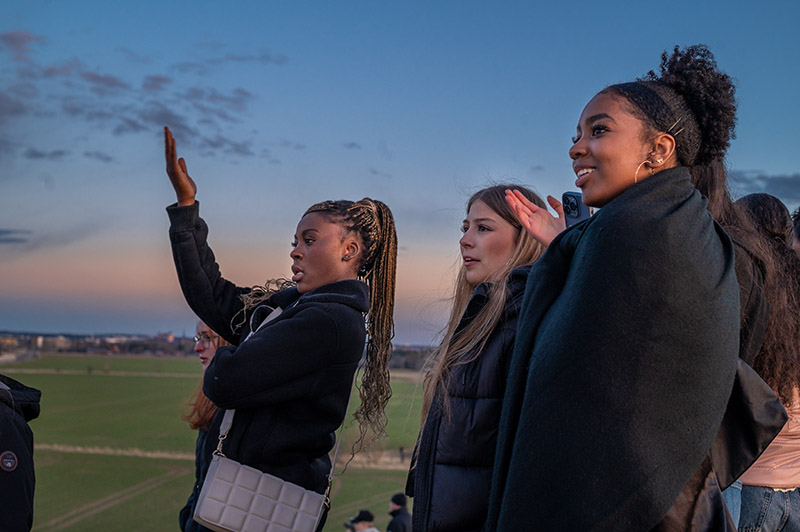


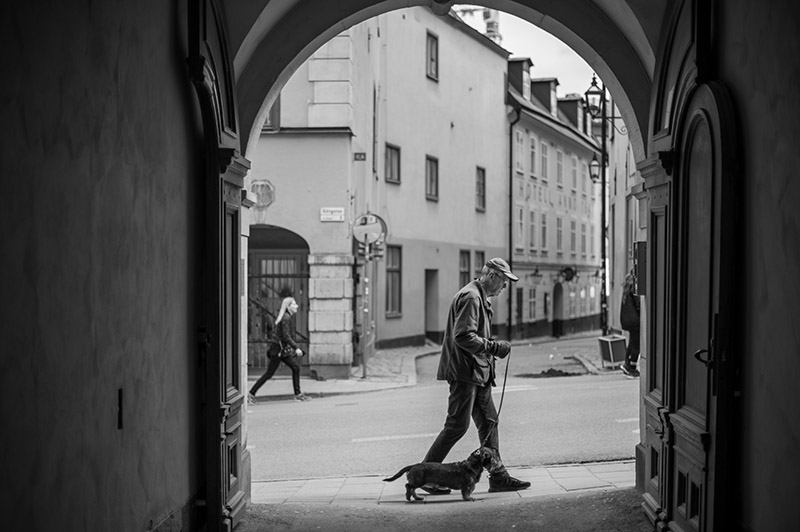
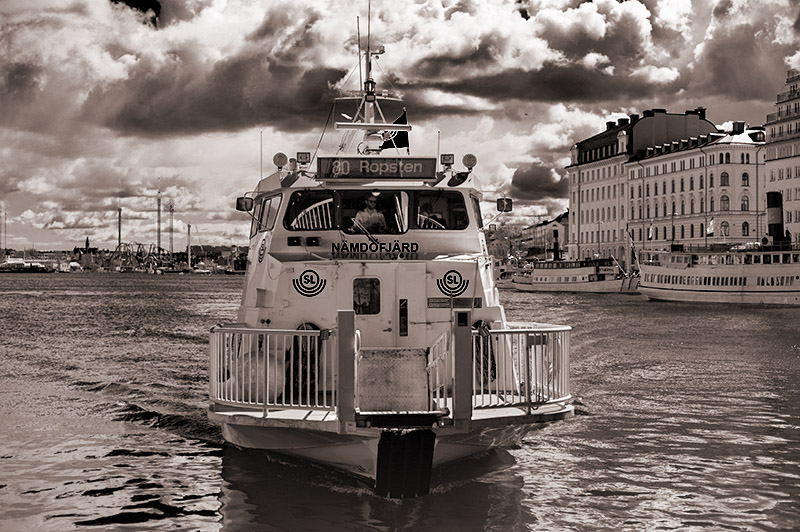
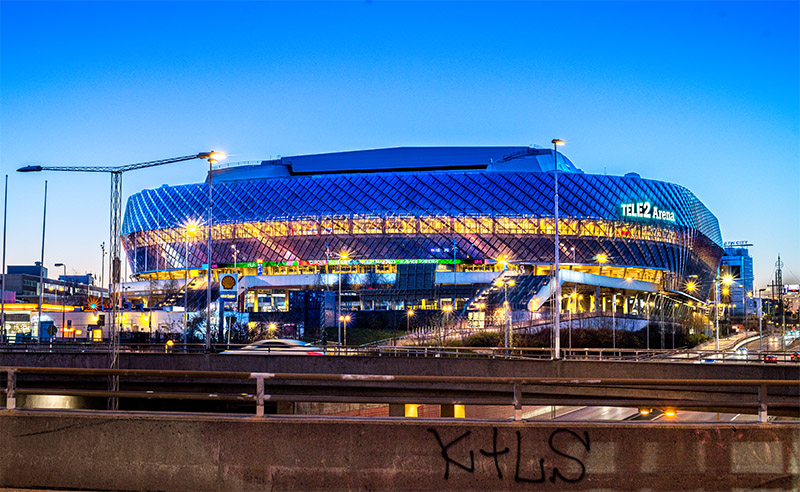
Further Reading
- Review: TTArtisan 50mm 1.4
- REVIEW: TTARTISAN 50MM 1.4 E
- REVIEW: CARL ZEISS JENA TESSAR 50MM F/2.8
- REVIEW: MEYER-OPTIK GÖRLITZ DOMIPLAN 50MM 2.8
- REVIEW: TTARTISAN 50MM 2.0 – RETURN OF THE NIFTY FIFTY
- REVIEW: TTARTISAN 50MM 0.95
Support Us
Did you find this article useful or just liked reading it? Treat us to a coffee! This site contains affiliate links for which I may receive a small commission if you purchase via the links at no additional cost to you. This helps support the creation of future content.
This site contains affiliate links for which I may receive a small commission if you purchase via the links at no additional cost to you. This helps support the creation of future content.
Martin
Latest posts by Martin (see all)
- Analogue Photography: Part 4 – Ilford HP5 Plus at a Historical Engine Factory - December 3, 2025
- REVIEW: 7Artisans AF 10mm f/2.8 (APS-C) - November 30, 2025
- REVIEW: 7Artisans AF 35mm f/1.8 - October 15, 2025
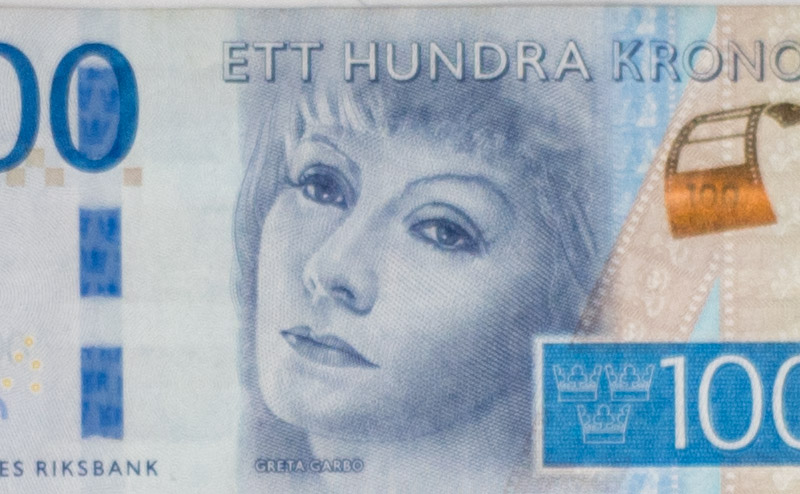
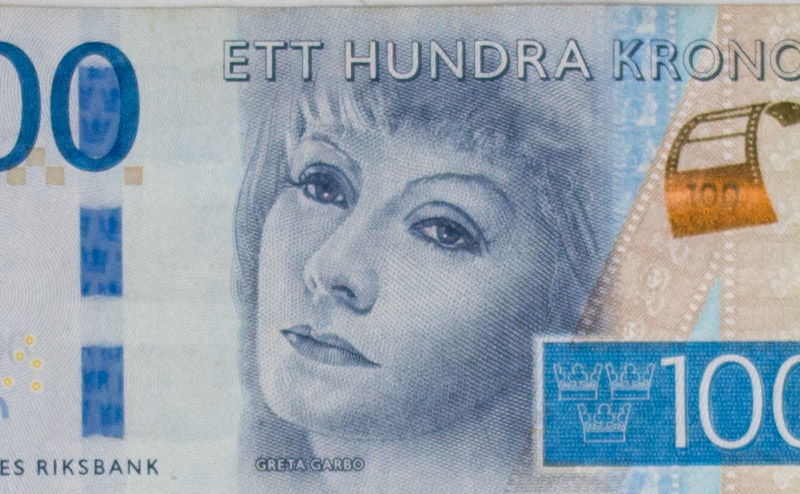
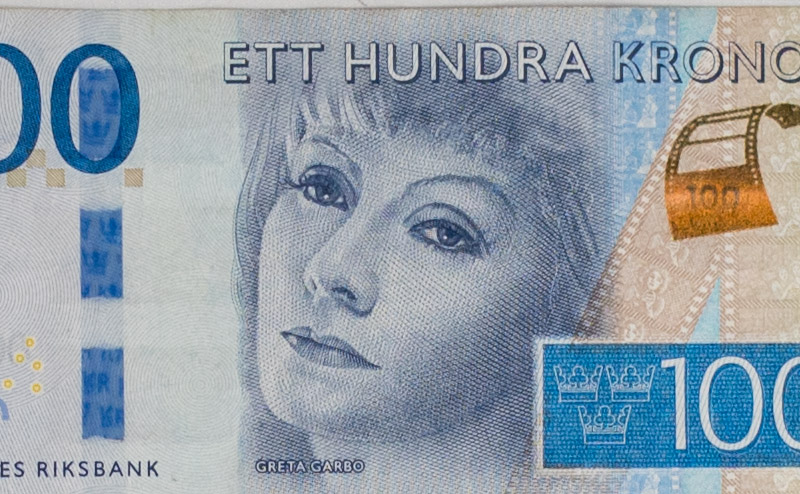
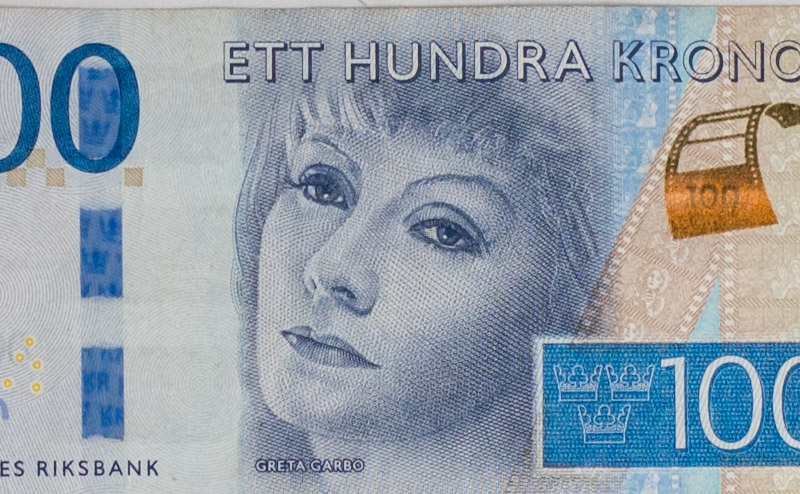
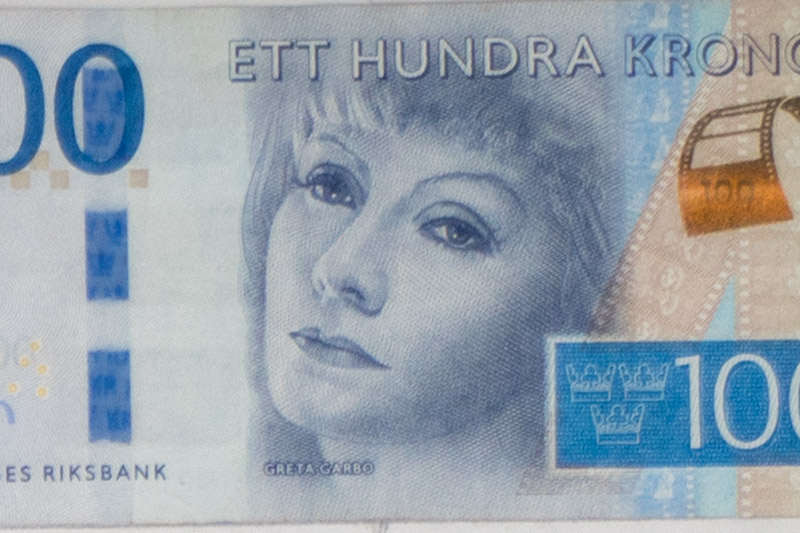
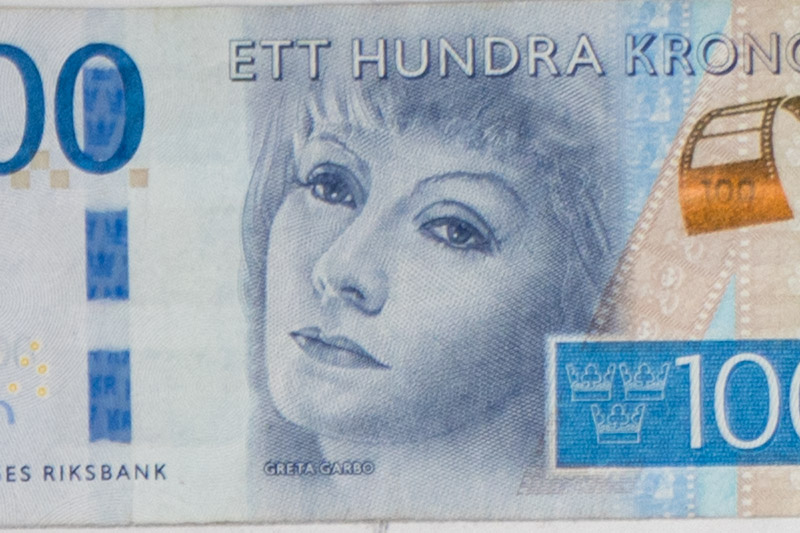

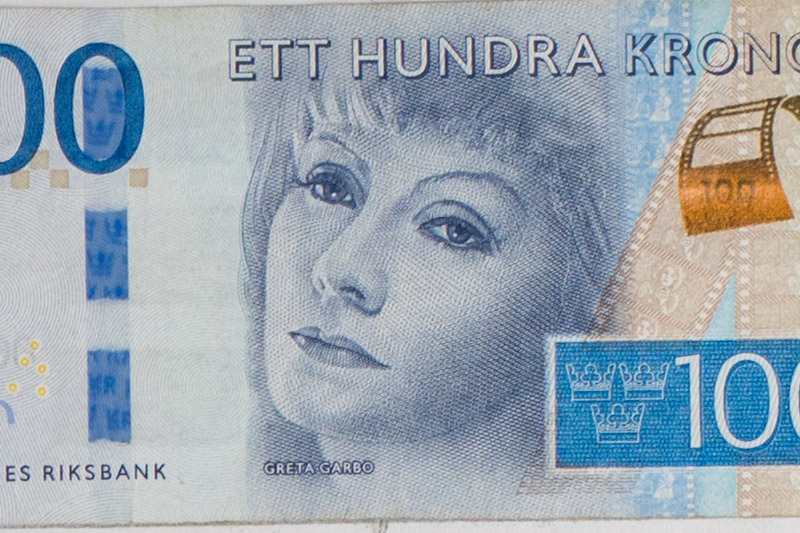
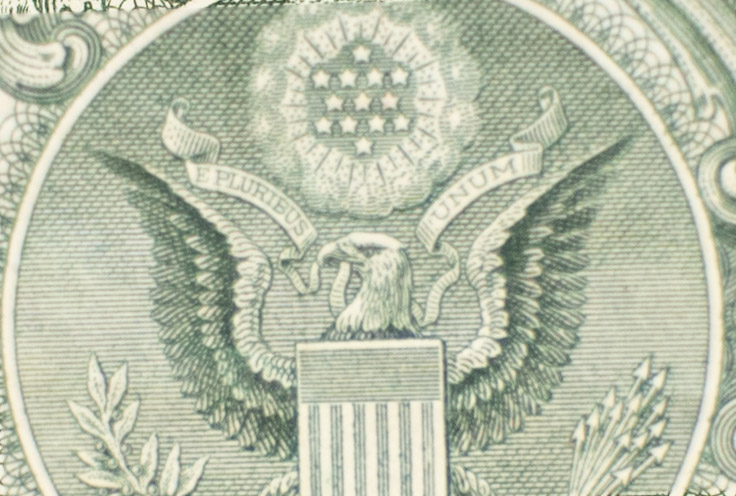
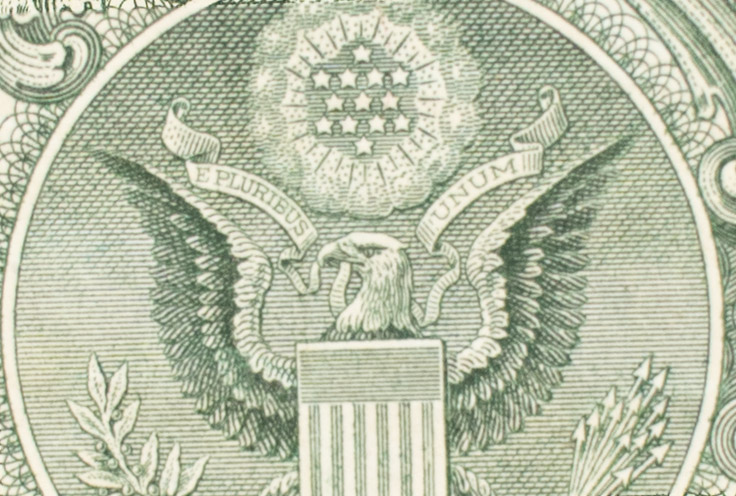
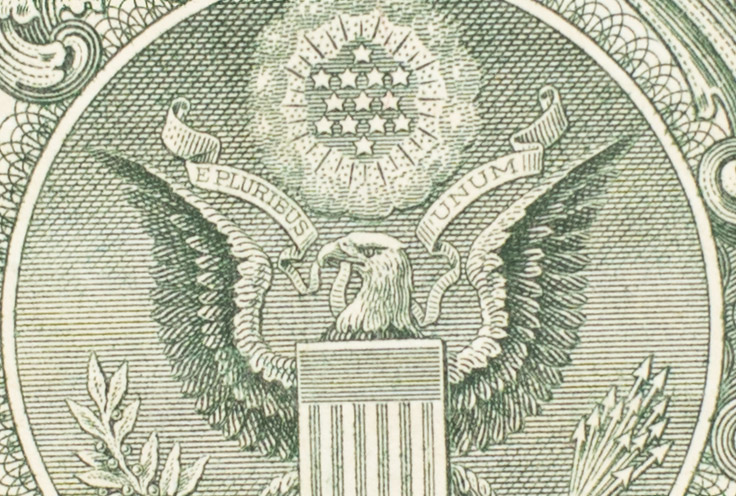
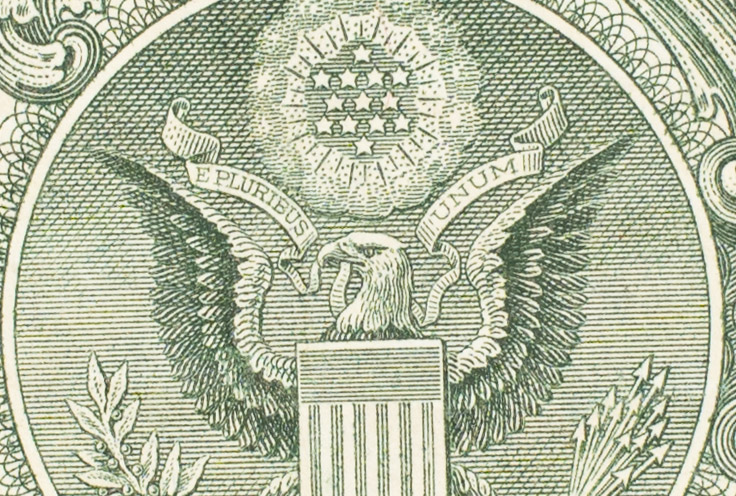
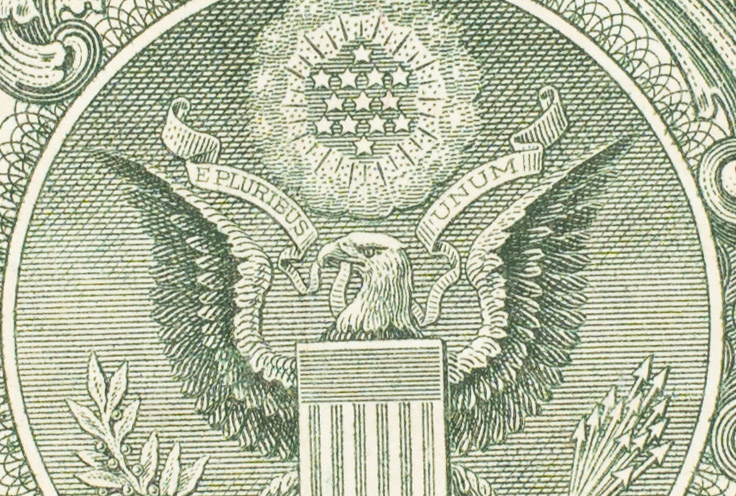
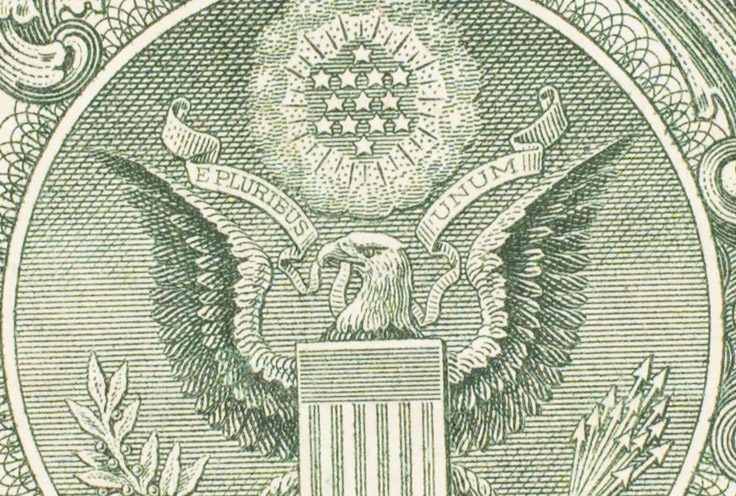
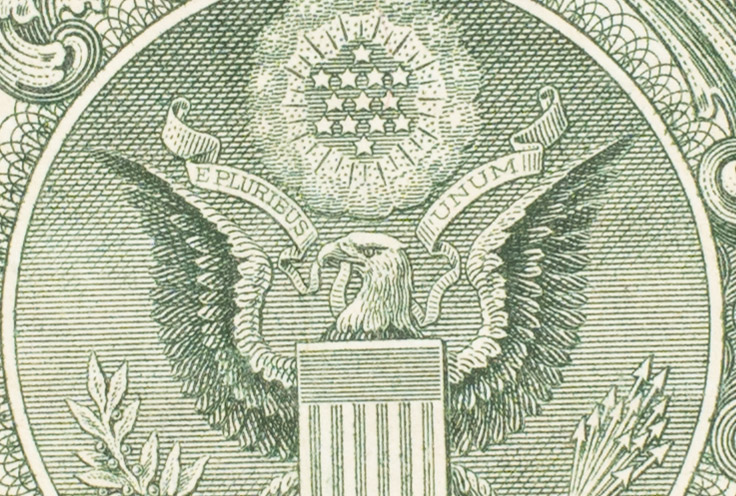
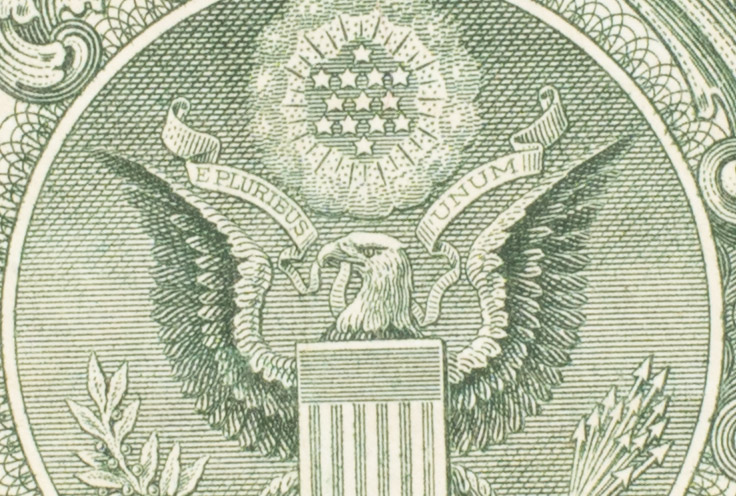
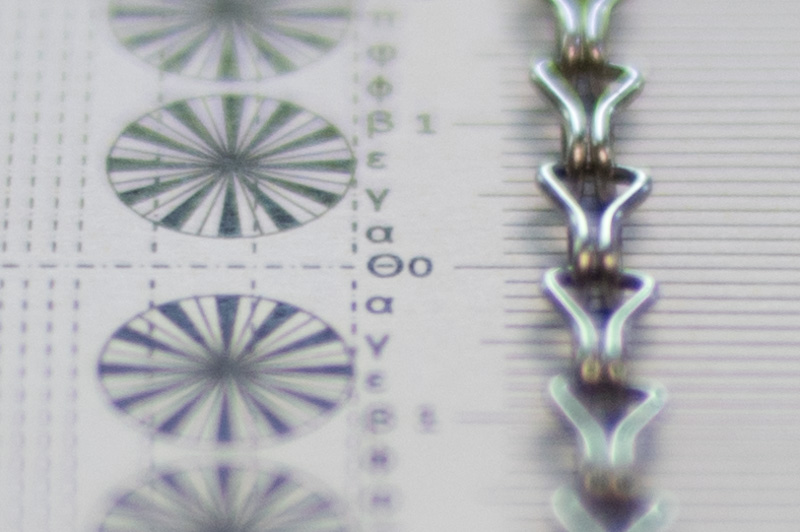
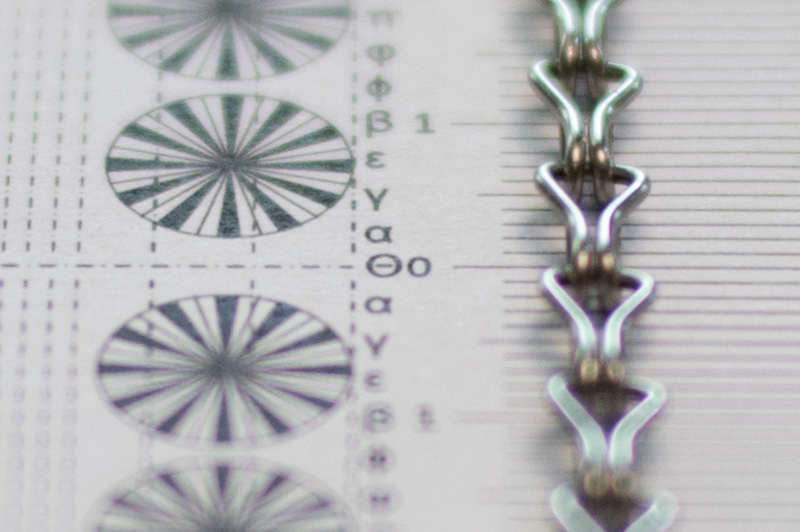
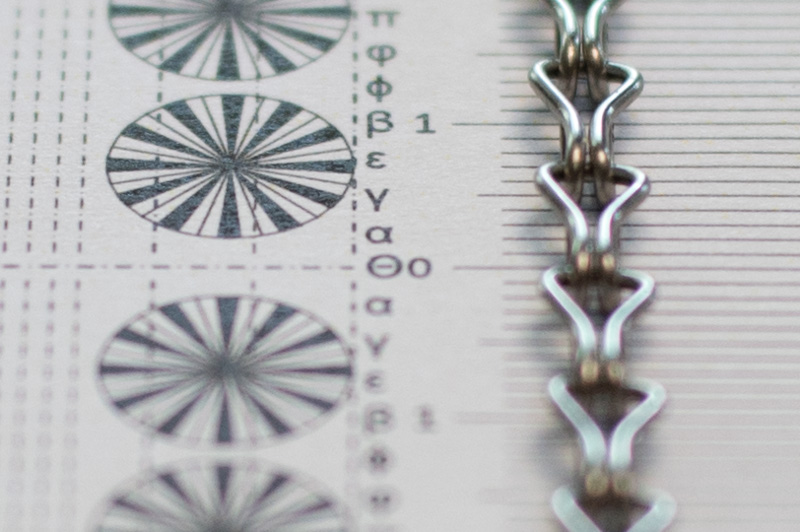
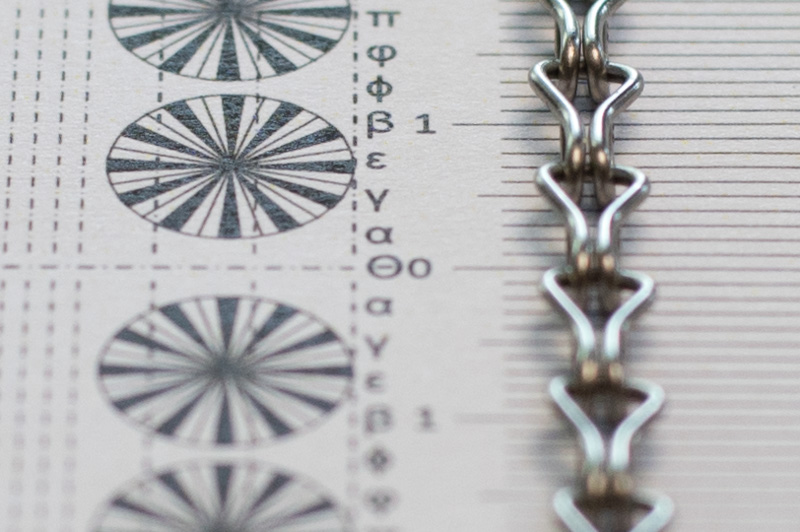
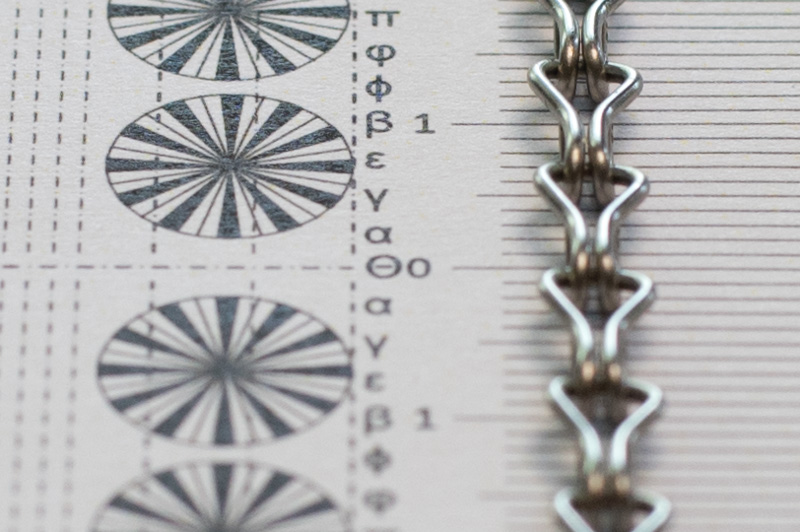
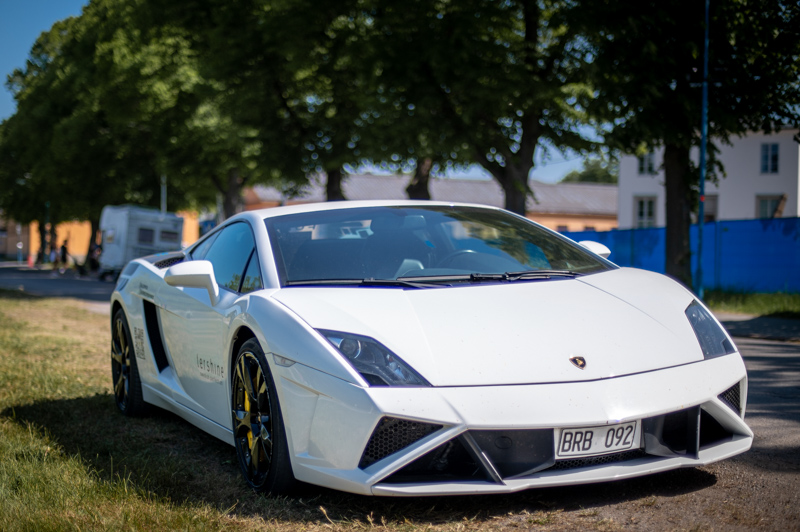
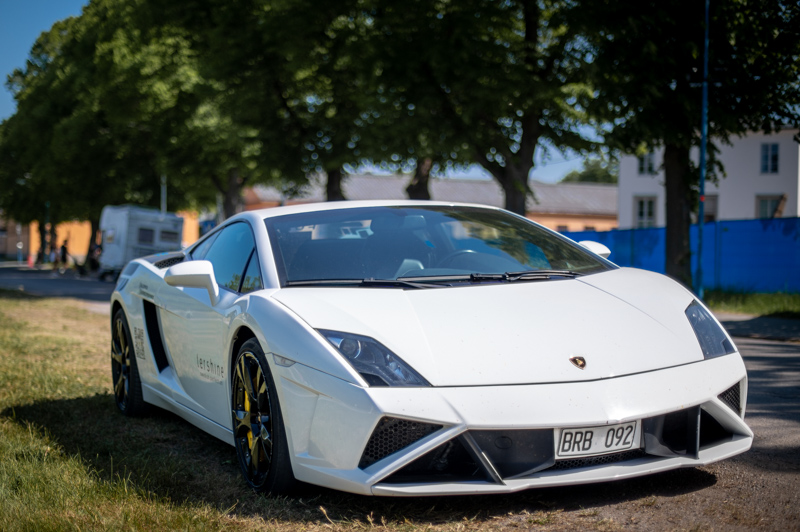
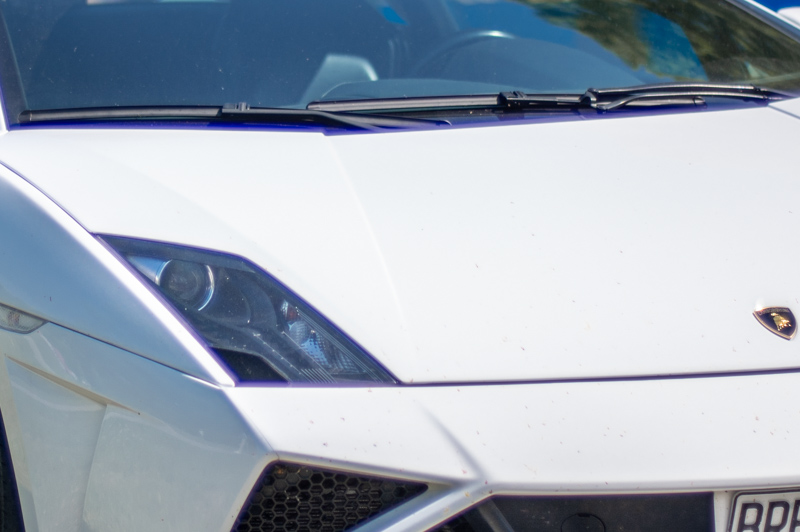
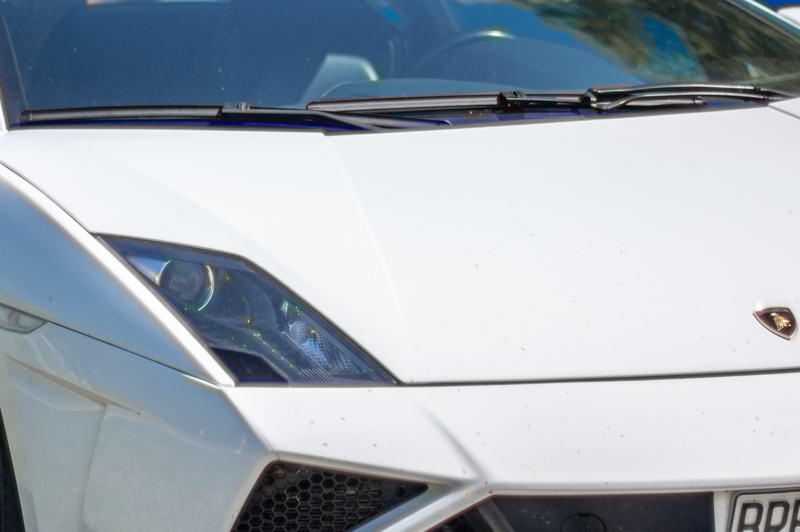
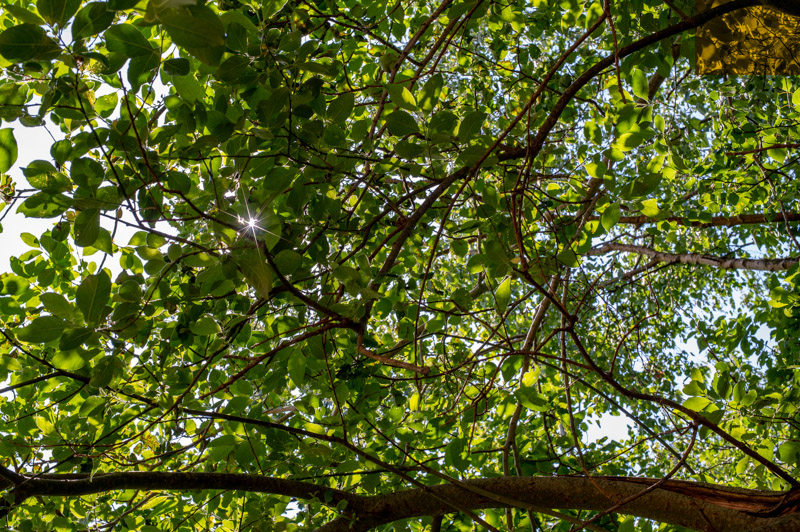
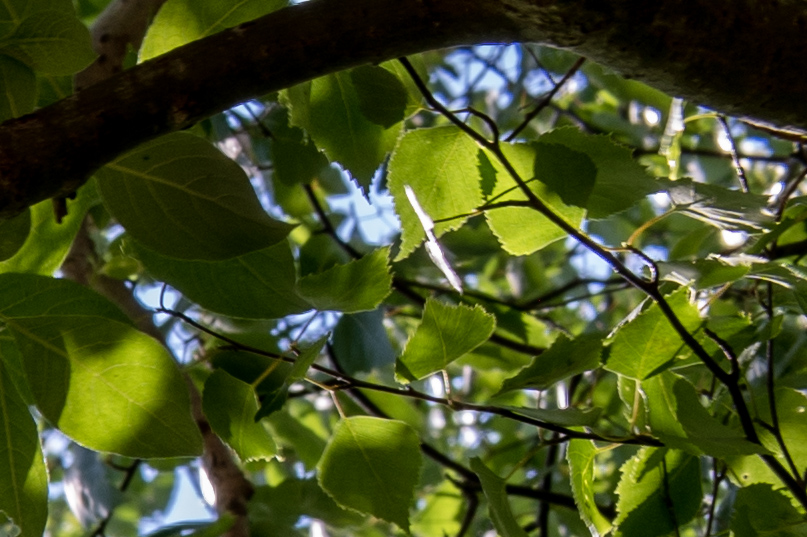
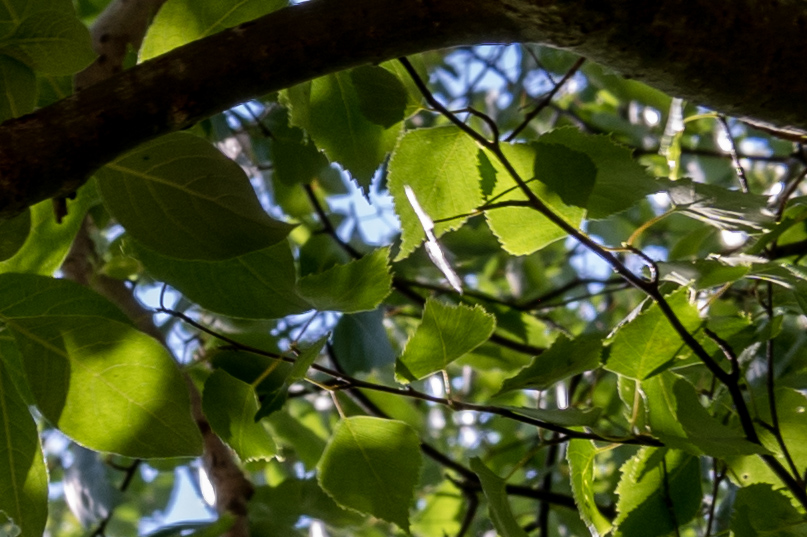
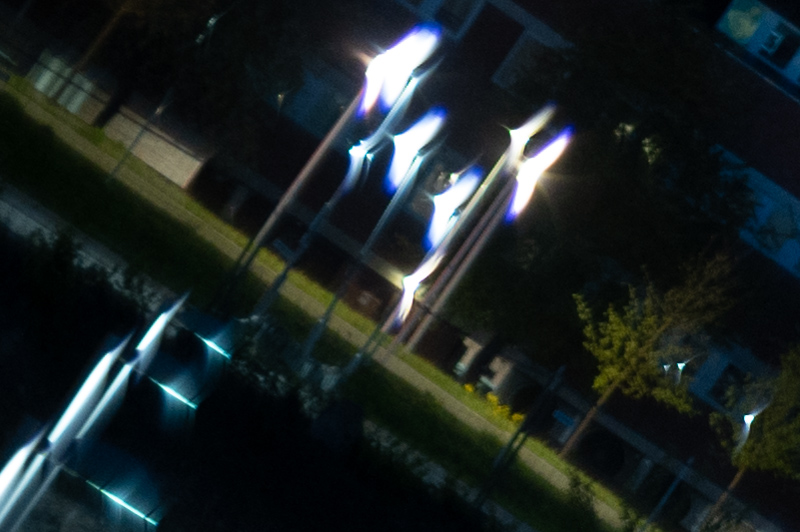
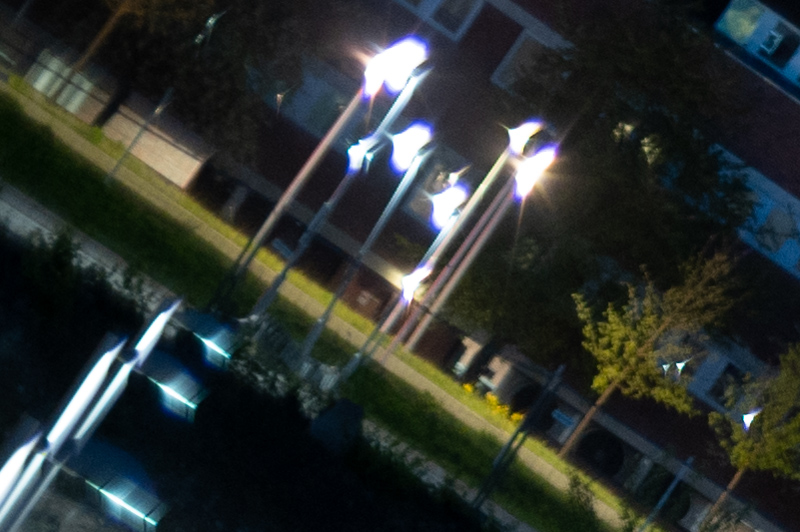
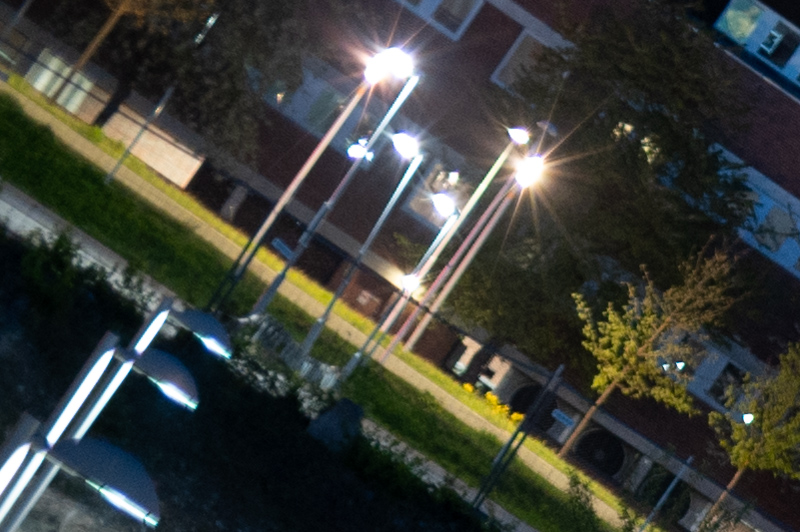
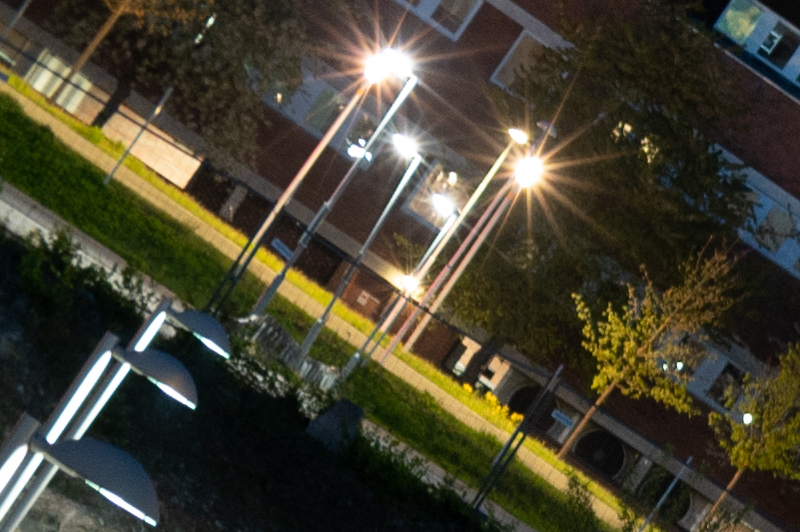
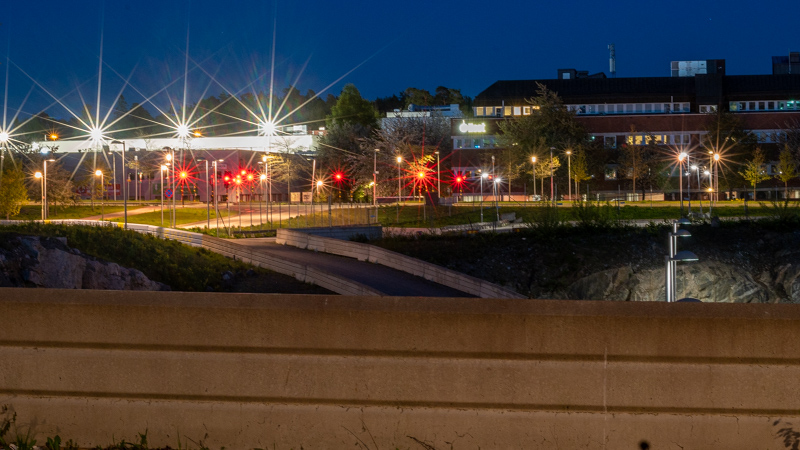
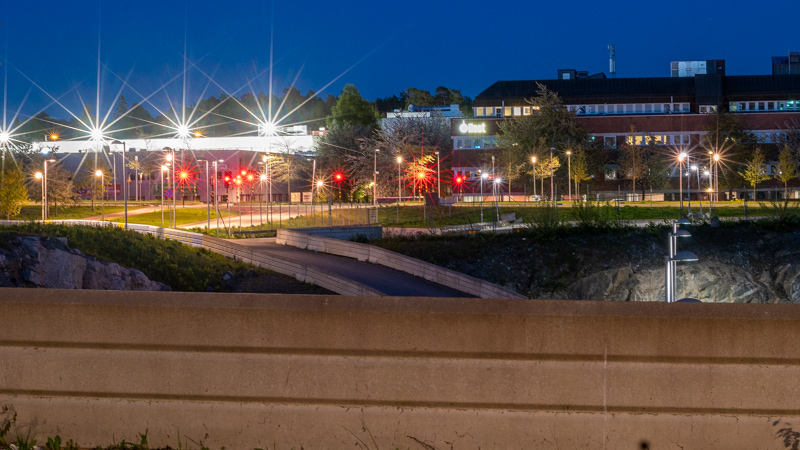
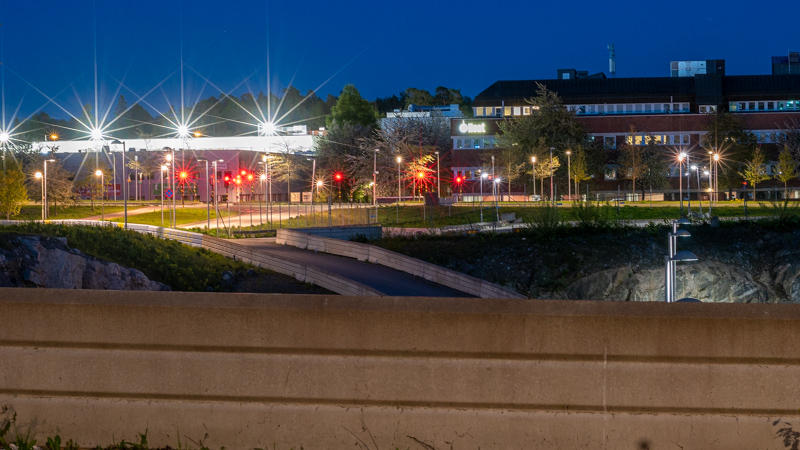
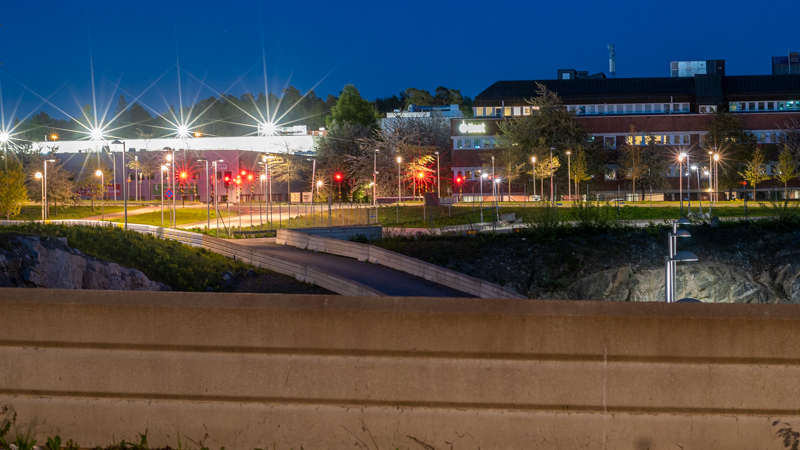
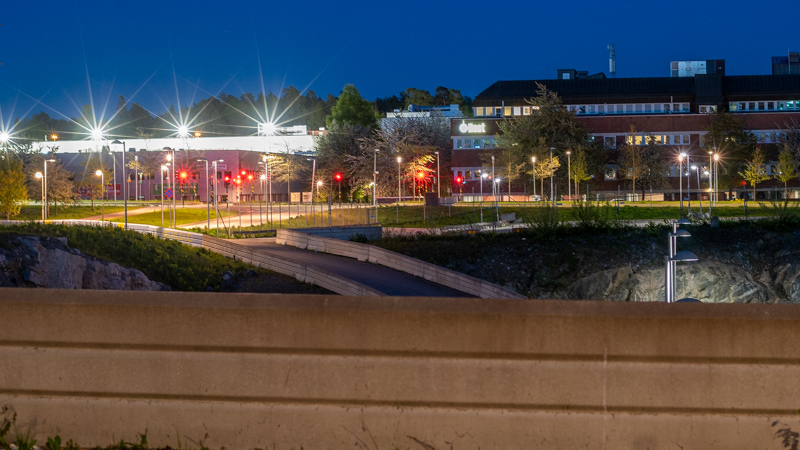
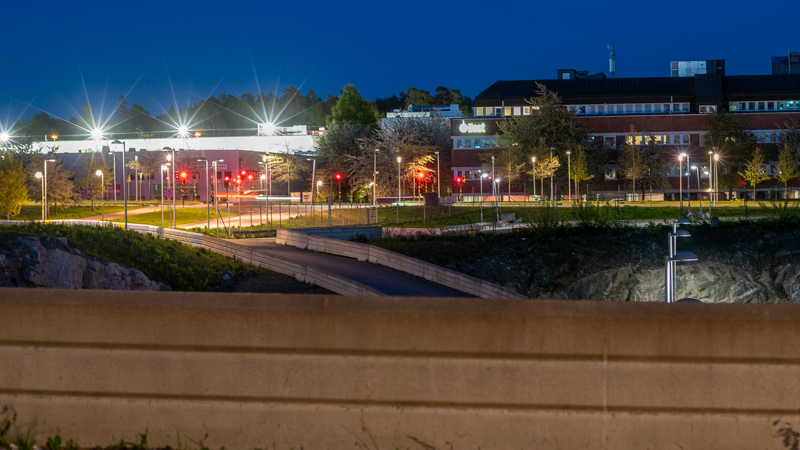
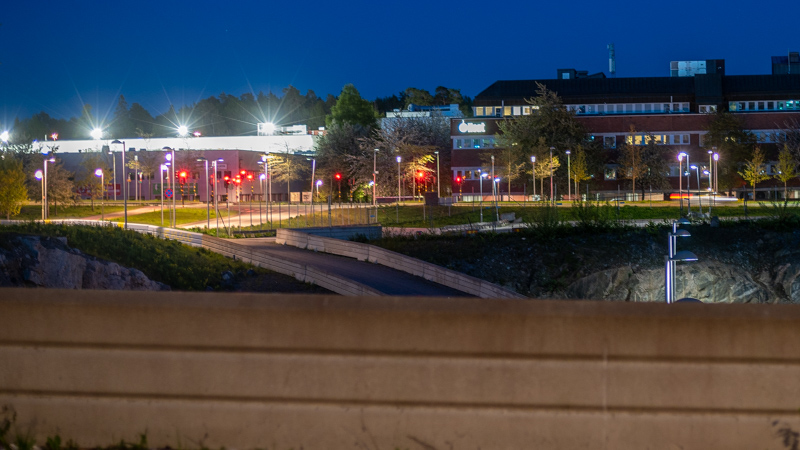
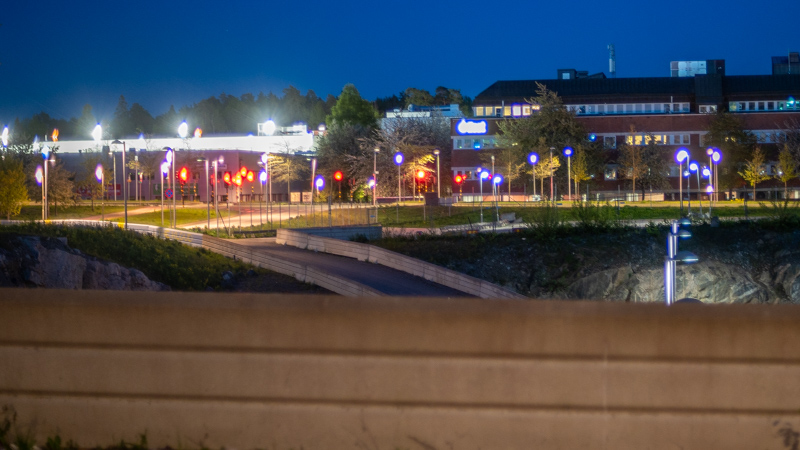
The Voigtländer Nokton 58/1.4 is a re-release of the Topcor 58/1.4 from the early sixties. The two lenses are contemporaries with regard to design. The Nokton might have better coatings tho.
Yes, Cosina even made a limited edition of the lens branded directly as Topcor.
What an excellent lens! Thanks for the review!
Thank you.
great review, really excellent sunstars. I enjoy how the example photo started at f/16
Thank you.
Superlative content, as usual. I am in the Sony A7 ecosystem- how would this lens compare to the Canon (new) FD 50mm f/1.4 (adapted to Sony)?
Thank you!
Thank you.
Canon new FD 50/1.4 is also an excellent lens from the same era. It has very good sharpness but has problem with CA (more or less as this Nikkor). I had the Canon nFD 50/1.4 in the film ages and used it on a Canon A1. I think this Nikkor has got a small edge over the Canon (especially in sharpness towards the corners) but probably not by much. I cannot say which one works best on a Sony, should be similar. Just remember that the focusing ring goes different way on a Nikon (MFD-infinity right to left on Nikon, left to right on Canon).
If you decide to buy any of the lenses please consider using one of the affiliate links, thanks.
Thank you!
Hello, thx 4 that. I do not like Nikon Z, their size and wight are more than necessary, but I am tempted to by one just while there is a new Contax G to Nikon Z on the market rising.
Think it is a shame 4 Sony to not have the eggs to release a camera optimized for vintage optics, they lost my balls to get a new E mount, I will buy a Nikon Z if that adapter is usable…
Kind regards
Johannes
…know the old Nikon SLR optics as expansive and to have a wide spread serial quality, beginning on low levels…
Did you ever consider a Sony camera with Kolari modded thin sensor?
Dear Bastian! Think it is wonderful to have this Site here with your great articles and readers post. Thank you and your site-team 4 being here!
All the best to you and your friends
Johannes
..it is quite expansive to “Kolari” a cam, but there are many profits out of it, especially when you make a full spectrum conversion. That is on my wishlist…
Hallo Bastian!
…it is not only the the thick coverglas which makes Sony lose attraction there, but yes I considered it, but if the new adapter is fine, I will Kolari the Nikon :-))
Fair enough 🙂
…I hope we can get some to read and watch about from you in the coming weeks 🤓
A really interesting review, thank you very much! Now I’m interested in mounting either this lens or may be Ai-S 50/1.2 on my Sony via the Techart EA9 adapter. Do you have any idea about the differences between these two lenses – Ai-S 50/1.4 and 1.2?
Thanks. The 50/1.2 Ai-s is of course half a stop faster, a little larger and about 130g heavier.
At f/1.2 it is about as sharp as The Nikkor 50/1.4 is at f/1.4, but at f/2 the 50/1.2 is sharper than 50/1.4.At smaller apertures than 2.8 they are comparable.
Also it does not show focus shift as the 50/1.4 does or at least it is much less so you do not need to worry about it.
So all in all it is a better lens optically but it is also at least double as expensive.
If you are buying any of them please consider using the affiliate links in the article, thanks.
The 50mm 1.2 Ais I had was very soft at f/1.2 with a lot of spherical aberration and ugly bokeh. Nothing like this 50mm 1.4.
Bastian,
Did you do a review or sharpness test on that 50/1.2?
Although unlikely but it could be sample variation or could it be a lens with internal haze or fungus due to age and bad storage?
I didn’t, but if you check some other reviews you should notice how soft it is 🙂
At f/1.2 it can be a little softer than 50/1.4 (as that lens also suffers from spherical aberration) but the center should not be that far and actually the 50/1.2 Ais was known for being Nikon’s sharpest lens at f/2 up to f/4, where it has its peak performance. I’ve looked at several images taken at f1.2 and f2 with that lens.
Bastian and Martin, thank you very much for very useful opinions! I wouldn’t expect wonders from a 40 years’ F1.2 lens… Luckily, I’ll be able to evaluate the IQ of a lens before purchasing – the same way I was able to get a really decent copy of ‘1956 Jupiter-9 in pristine condition.
In case if you have a sort of crypto currency account, I’ll be glad to send a tip for tons of really useful information on your website.
IIRC the 1,2 is one stop faster than the 1,4, not half a stop.
I was a little sloppy and rounded the numbers. Anyway, 1.2 is definitely not one stop faster than f/1.4, it is even less than but very close to 1/2 of a stop faster than 1.4.
1.4 is 2/3rd of a stop faster than f/1.8.
It is very easy to quickly double-check, the number of f-stops gets doubled for every two stops:
1, 1.4, 2, 2.8, 4, 5.6, 8, 11, 16, 22, 32
As you can see f/1 (and not f/1.2) is one stop faster than f/1.4.
I corrected the values in the review.
Difference between f/1.4 and f/1.2 is half a stop. But because of rounding it will rarely if ever be exactly half a stop.
Sadly many tables you can find on the internet aren’t exactly accurate. This one looks pretty good to me though.
While I gave the rounded values, Bastain’s values are more precise and correct, so, I agree with Bastian.
Technically speaking, 1 stop is the 2-nd degree root from 2 (1.41), 1/3 stop would be the 6-th degree root from 2, and 1/2 stop would be the 4-th degree root from 2.
1/3 stop steps: 1.00 – 1.12 – 1.25 – 1.41 – 1.59 – 1.78 – 2.00
1/2 stop steps: 1.00 – 1.19 – 1.41 – 1.68 – 2.00
So, 1.2 can be either 1/2 or 1/3 stop faster than 1.4, depending on how you round the exact value. Anyway, the actual light transmission can be much worse than indicated F-stops and not much different from F1.4 optics.
Only when you don’t know how to round properly you end up with f/1.2 after starting with f/1.25.
Ok, thanks for the clarification.
Traditionally, in modern cameras 1/3 stops are displayed as 1.0-1.1-1.2-1.4, as far as I remember.
On Sony cameras it is 1.0, 1.1 and 1.3, as it should be.
Very nice lenses to use. I own the 55mm 1,2f pre Ai version.
One thing to note, might be important, it can be used on Canon DSLR`s with a simple thin screw in adapter. For Mirrorless, FOTGA also offers very simply built tiltshift adapter, that open up interesting possibilities, as you get 1,2f or 1,4f tiltshift effect.
On to the lens. I really liked how simple it is to maintain, engineering at its finest, once you open up the lens it looks very user friendly, very simply built (especially after the Helios 44…)
Optics are fine, although 1,2f is intended toshot when the sun is down, if you try it in the daylight, there will plenty of glow around the highlighted area, low contrast and other aberations. Once the sun sets, the lens becomes a different beast – plenty of contrast, rich colors, blue colors and skin tones look very natural with this lens. At 1,2f sharpness is mediocre, it has a dreamy look, at 1,4f its sharp enough and it goes up further with 2f or 2,8f.
The biggest disadvantage of these lenses – low aperture blade number. Once you stop down to 2f, the highlights already turn in to hexagons. That`s probably the only drawback.
Apart that, the Nikon lenses are probably one of the best vintage lenses available. Especially these 50mm lenses.
Thanks for this interesting feedback from you lens.
The Nikon 58mm f1.4 AF-S G is missing in the list of alternatives, which is in my opinion a pity because it has such a nice bokeh – arguably maybe the nicest one of all Nikon F 50″ish” lenses (and there’s even a review for it on this site).
Are you planning to also review the Voigtländer Nokton 55mm f1.2 SLII-S for Nikon F too?
Thanks for your feedback Stefan.
The Alternatives list has never been meant to be exhaustive as for example None of E-series are mentioned either and only one of the huge number of Chinese lenses is mentioned, among other left out lenses. I have mentioned in the very beginning of the section “There are so many that I skip mentioning lenses with any other mounts than Nikon and even in Nikon mount I am not going to list all.” It would take for ever to put all the available 50 to 58mm lenses. Unfortunately I had to draw the line somewhere.
Regarding the review of Voigtländer Ultron 55mm f1.2 SLII-S (as well as Voigtländer Nokton 58mm f/1.4 SL II-S): If the opportunity is given then yes, but right now I don’t have that lens or plan to buy it myself, so it can take a while.
Thanks for the excellent review. I use this lens extensively on my Nikon film bodies (FM3A and FM2N) and find it to perform very well as an every day lens. Great to have my anecdotal experience confirmed with a detailed review on a new digital camera.
Thank you Michael.
Thank you again for this review! After thorough consideration, I’ve finally purchased the ‘1973 Nikkor 50/1.4 S·C Auto in pristine condition. It’s optically and mechanically different from the more modern Ai/Ai-s versions like that you reviewed.
Overall the lens performance is simply superb! It’s an ol’ good ‘1962 design (7/5 optical schematic), but for the first time in series – with contemporary multi-coatings applied, like those in Ai/Ai-s versions. I was able to compare it side-by-side to another pre-Ai lens (“New” aka “K”), with more modern 7/6 optical schematic, and the latter one had had visibly uneven performance on different sides of the image.
Interestingly enough, my lens, while coupled with LM-EA9 AF adapter, is prone to front-focusing at F1.4/infinity – every time it reports green light (both in AF-S and AF-C), I’m still able to improve the focus position manually. But at F2 and beyond it achieves pinpoint accuracy. It looks like a high level of aberrations at F1.4 has certain effect on AF inaccuracies…
Congratulations, you’ve got yourself a real classic. You’ll not be disappointed if you like vintage looks of a good standard. I wish you a lot of joy with your new lens.
Thank you! Yes, I’m really satisfied, and it was your review that directed my attention on 50 mm Nikkor lenses.
It’s the third vintage lens in my kit, after ‘1956 Jupiter-9 85/2 (also in remarkably good condition) and ‘1968 Industar-69 28/2.8 (it’s in rather bad condition, as I’d been treating it as a toy for as long as I remember myself, and my own son continued destroying it as well).
I just got this lens, so thanks for the review. Very informative.
Cool, glad I could help.
I have 50mm f:1.4 Ai version. Do they have similar optical structure? Thanks in advance.
Yes, they have the same optical construction.
Ich bin auch seit Jahren ein grosser Fan von Nikon Ai Linsen. Es macht riesen Spaß damit zu fotografieren. Sage ich absichtlich Ai Linsen, weil sie mechanisch noch besser zu bedienen waren (längerer Fokusweg), besser hergestellt und meistens die gleiche optische Formel als Ais hatten. Aber eines muss man zugeben, die Serienstreuung war damals immens, ich musste fast jeder Linse mehrmals kaufen (20mm bis 400mm), bis ich eine zufriedenstellend fand (meistens Zentrierungsprobleme), kein vergleich zur Leica oder Zeiss von damals.